Imagery processing
UAS Operations and Analytics Workshop
Why do we need to process the data?

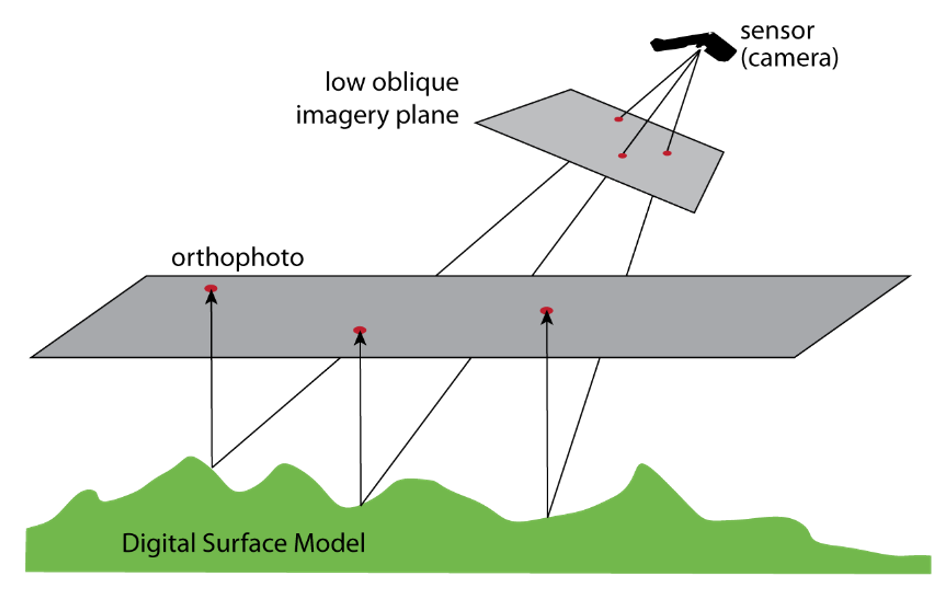
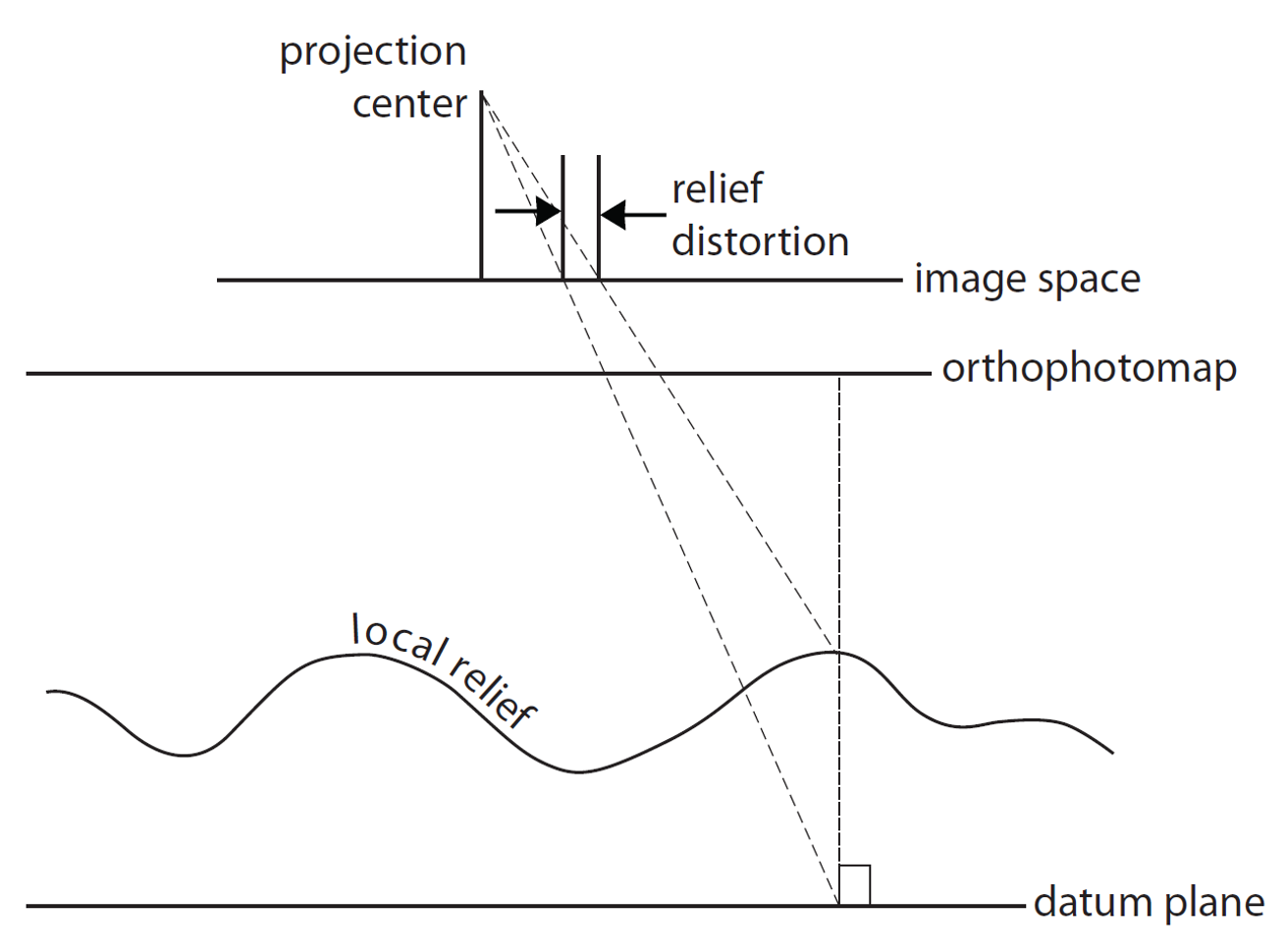
Why do we need to process the data?
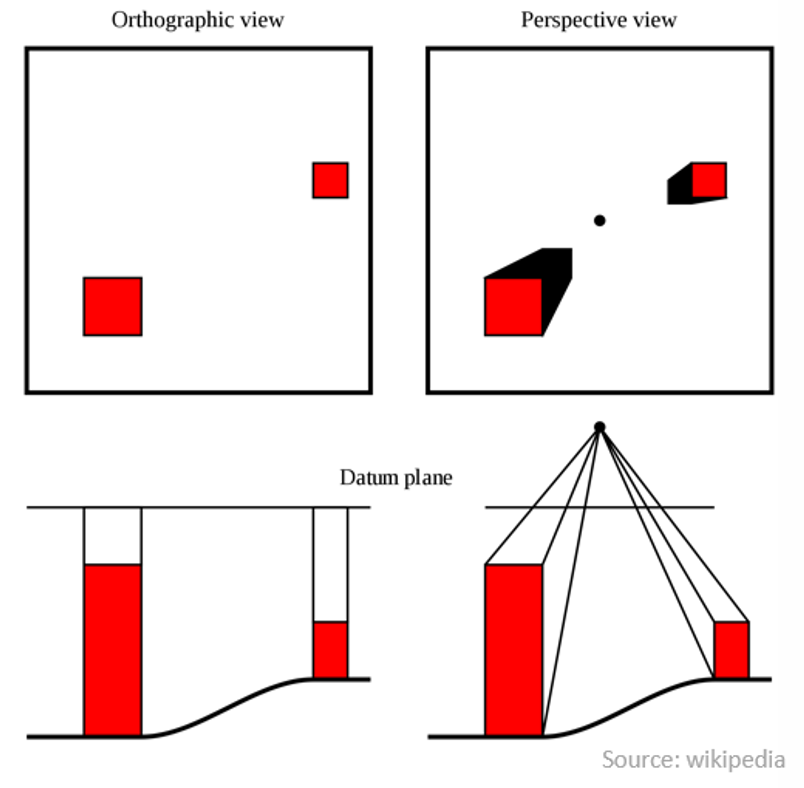
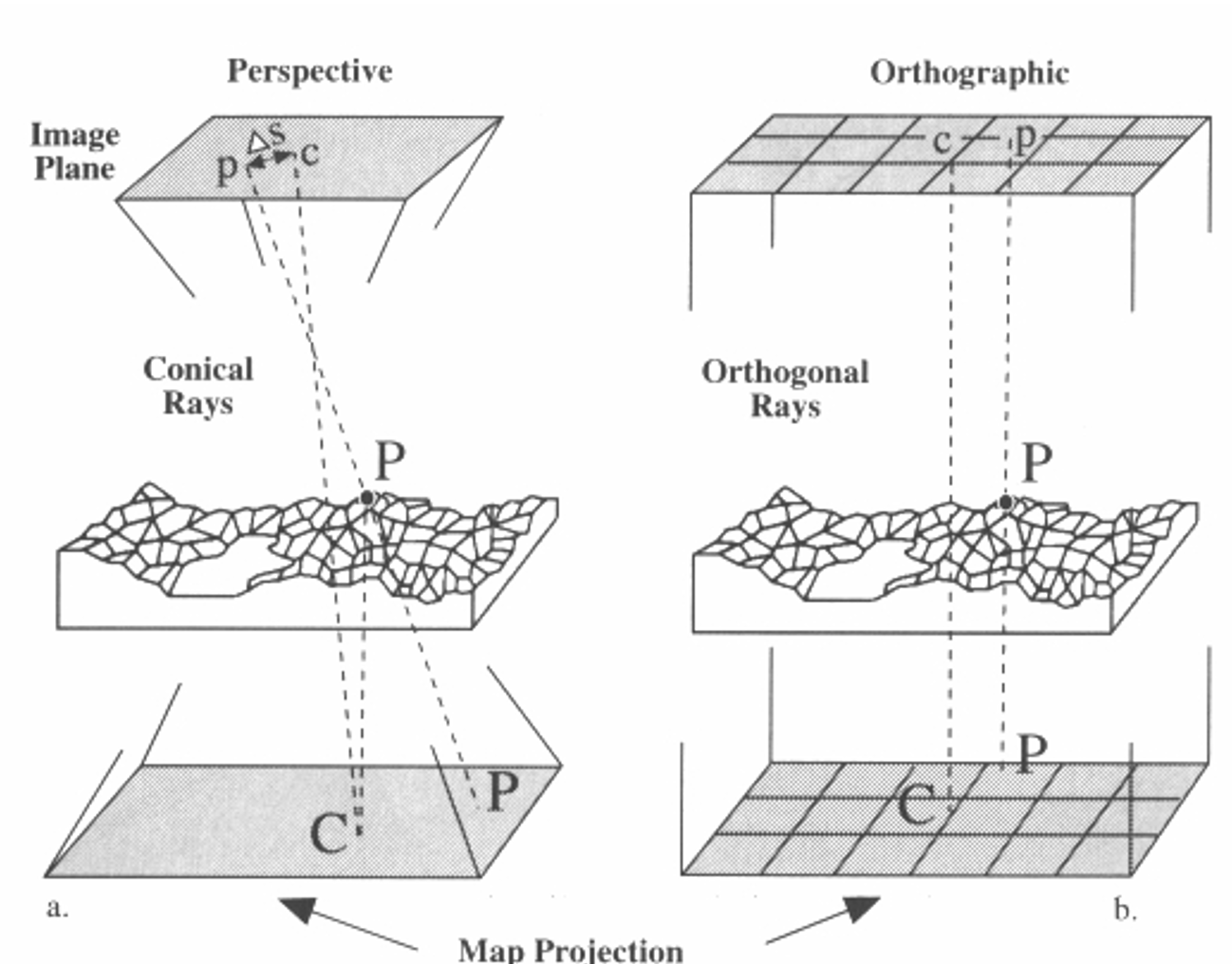
Orthorectification
Process that removes:
- effects of relief displacement,
- optical distortions from the sensor,
- geometric perspective
from a photograph or digital image

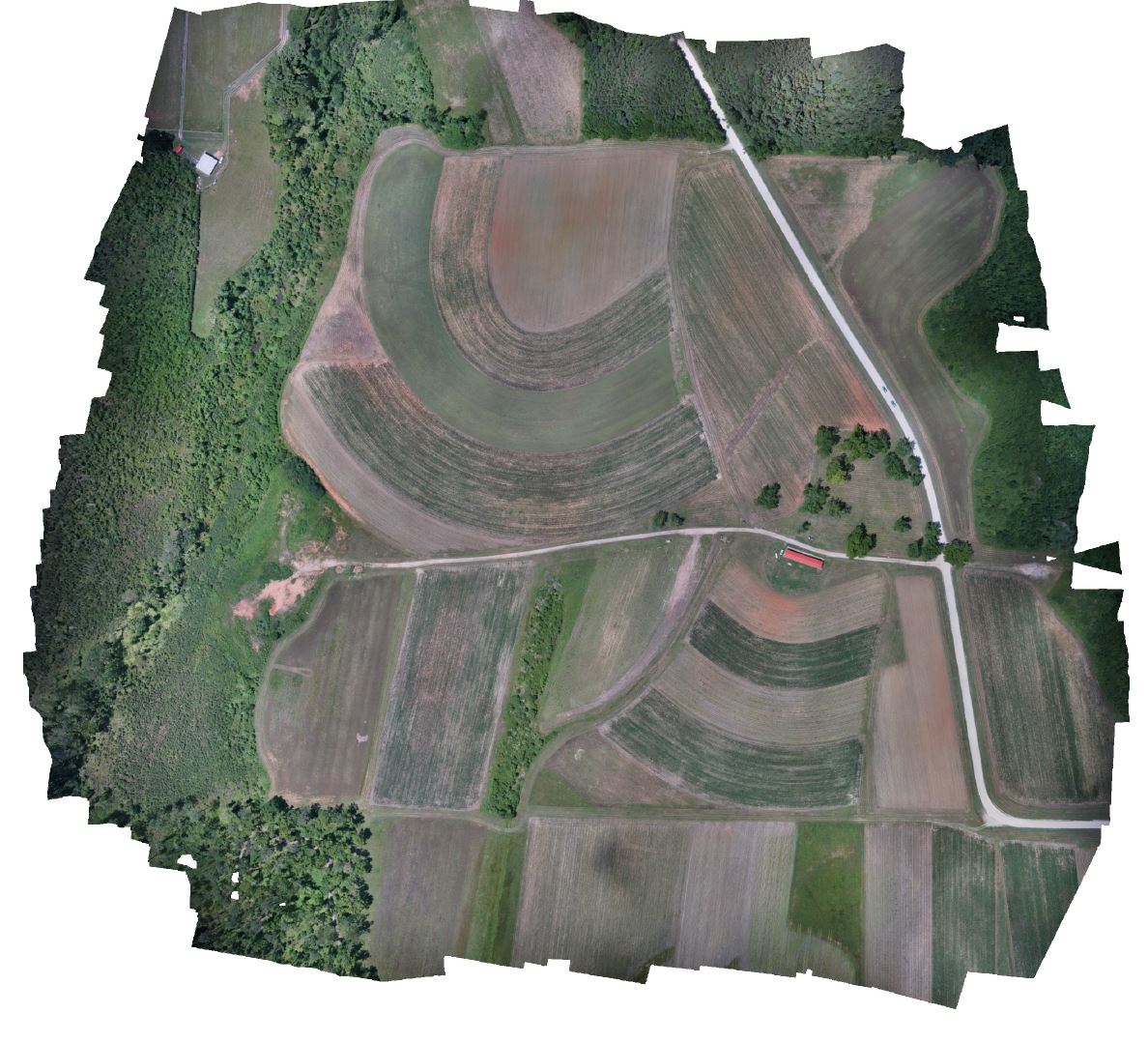
The resulting image - an orthophoto or orthoimage.
Orthophoto
- Photo that has the same lack of distortion as a map (geometrically corrected, uniform scale);
- Can be used to measure true distances
Orthorectification

Orthorectification

Orthorectification

Orthorectification

Orthorectification

Orthorectification

Orthorectification

How do we get there?
Old way: analogue
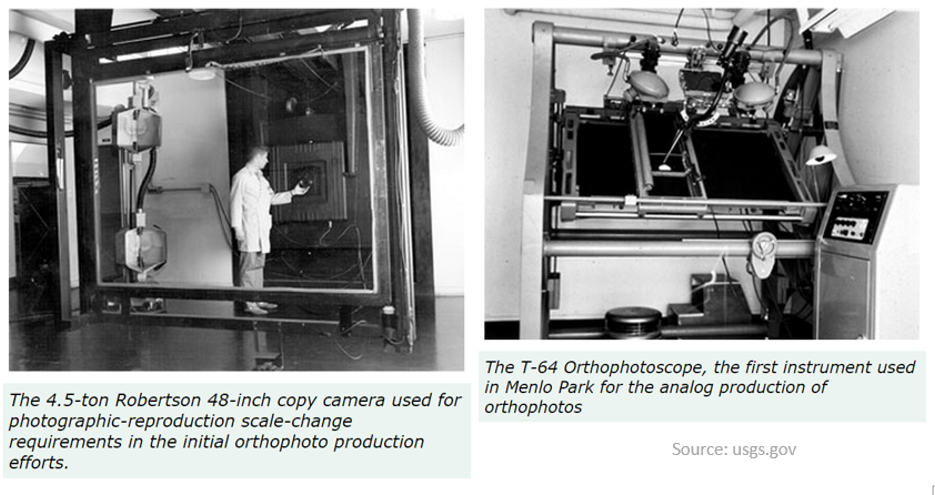
Now: digital

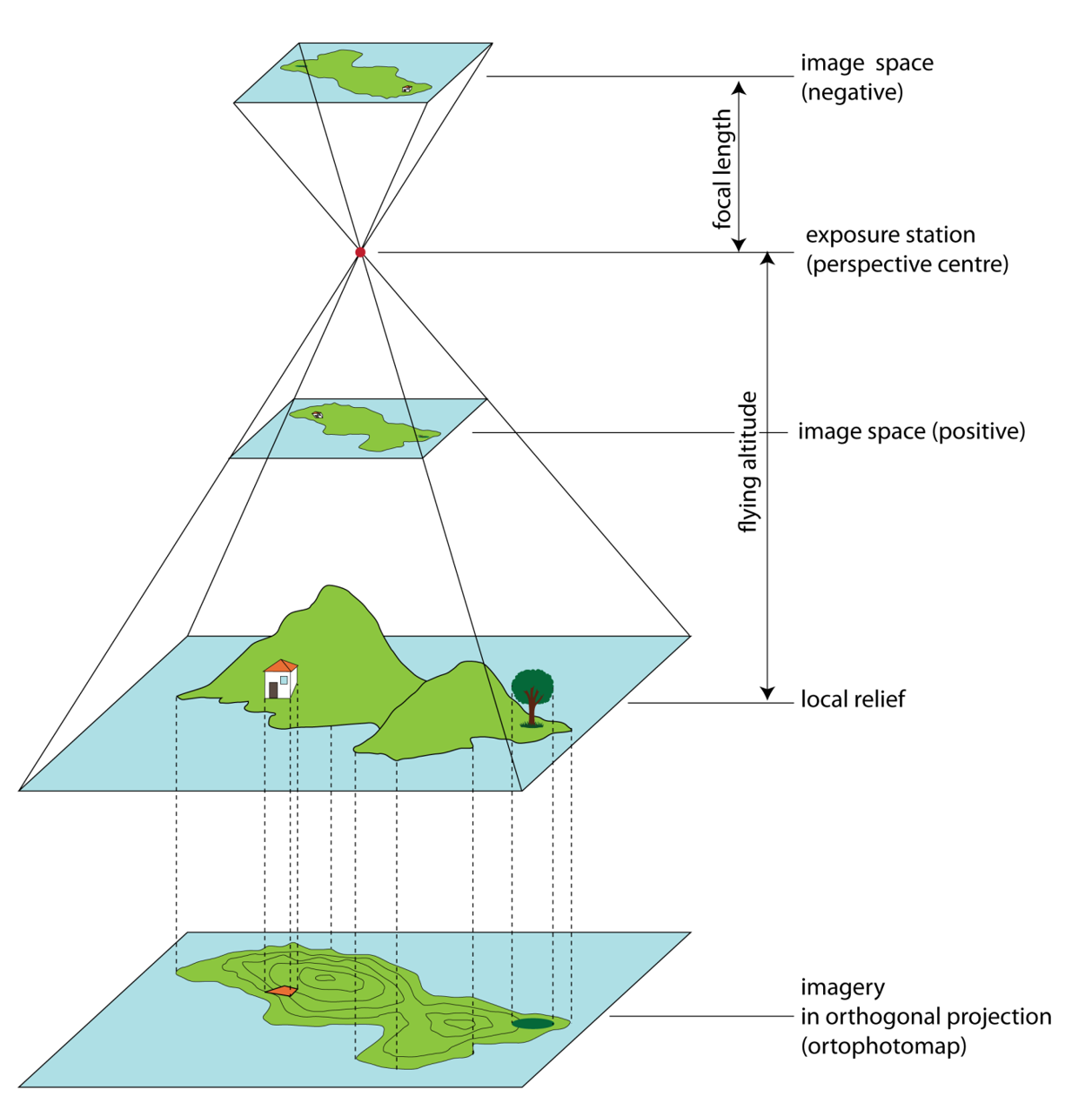
Geoprocessing - workflow

Geoprocessing - workflow
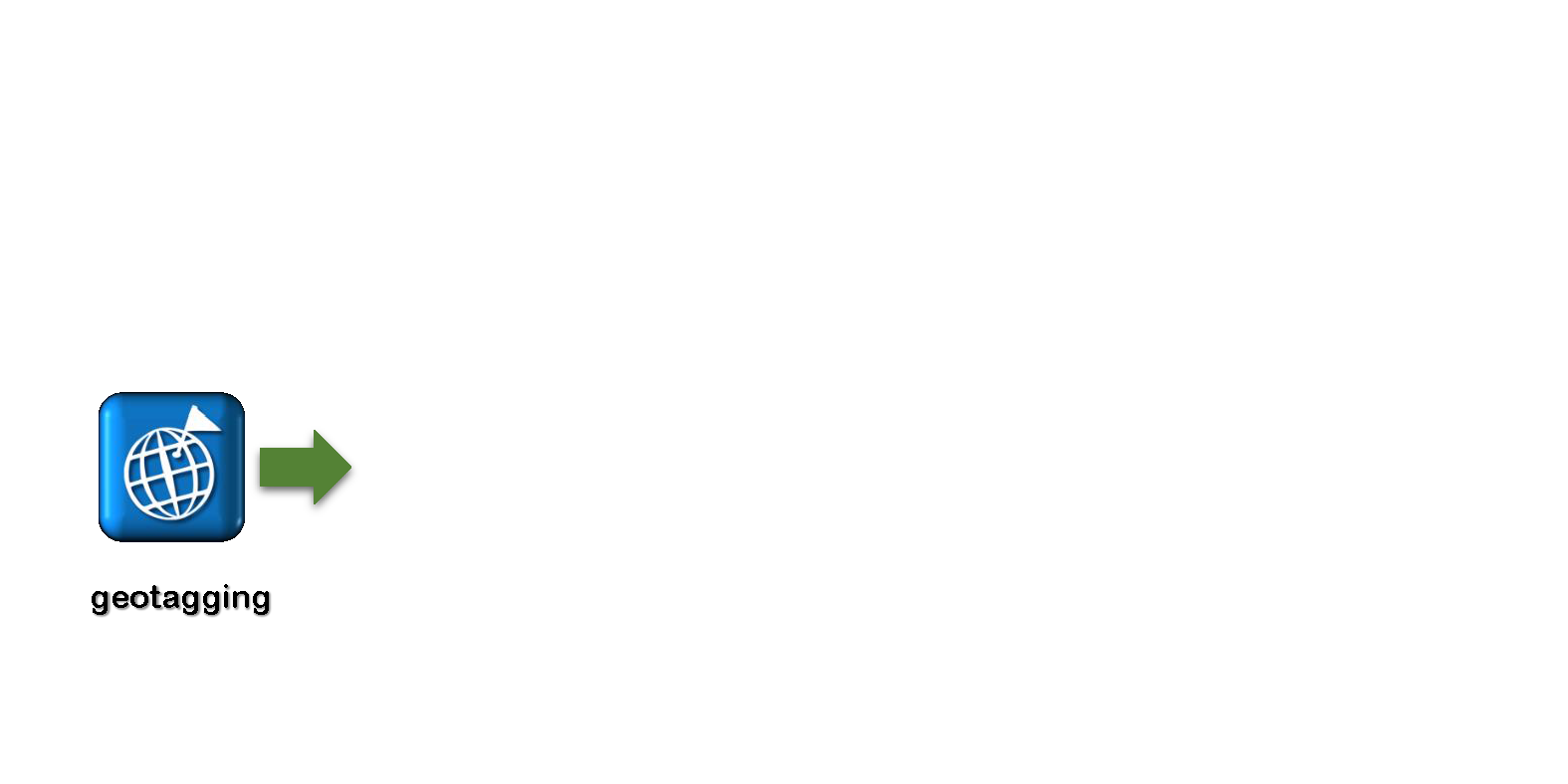
Geoprocessing - workflow
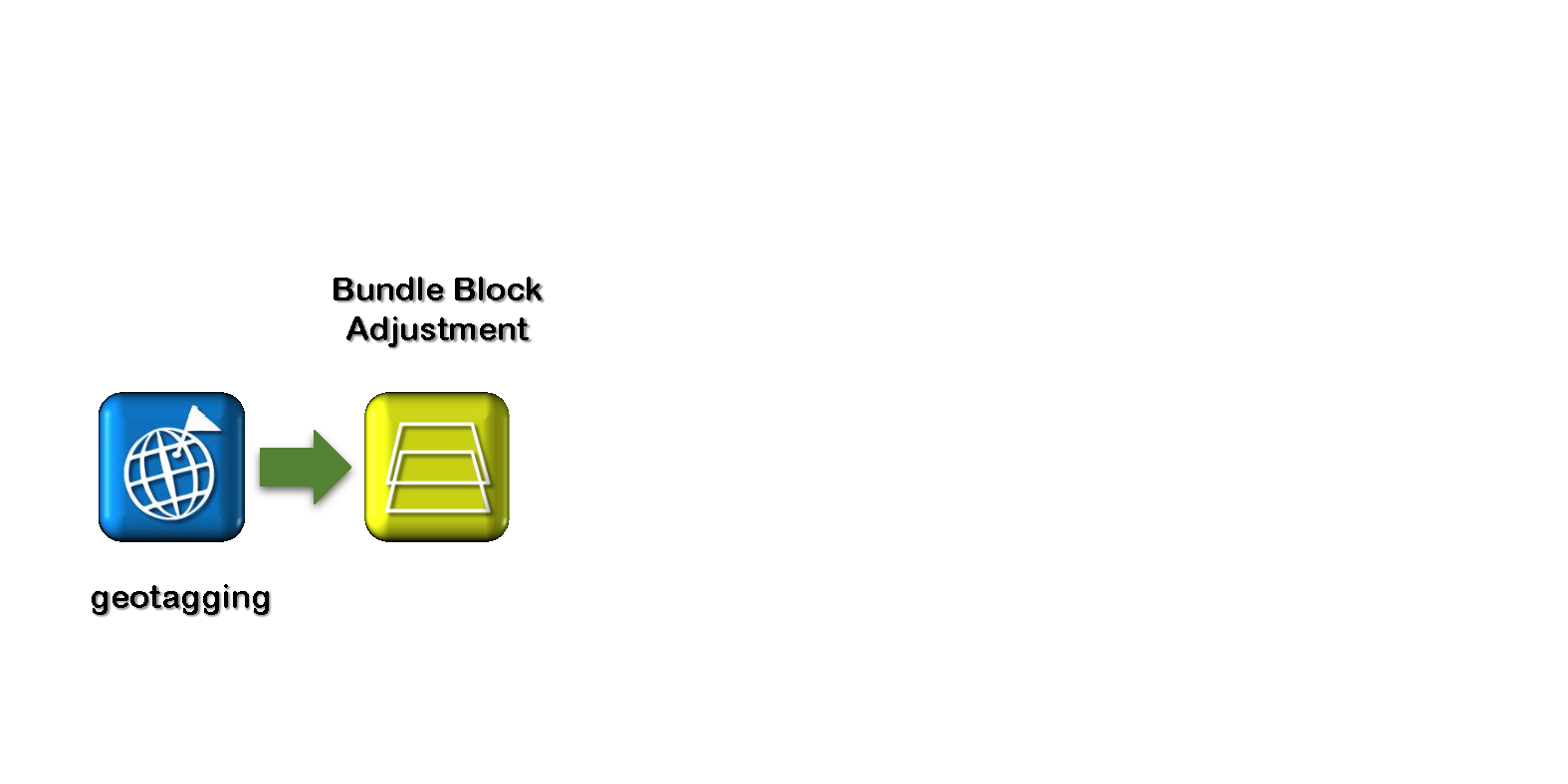
Geoprocessing - workflow

Geoprocessing - workflow
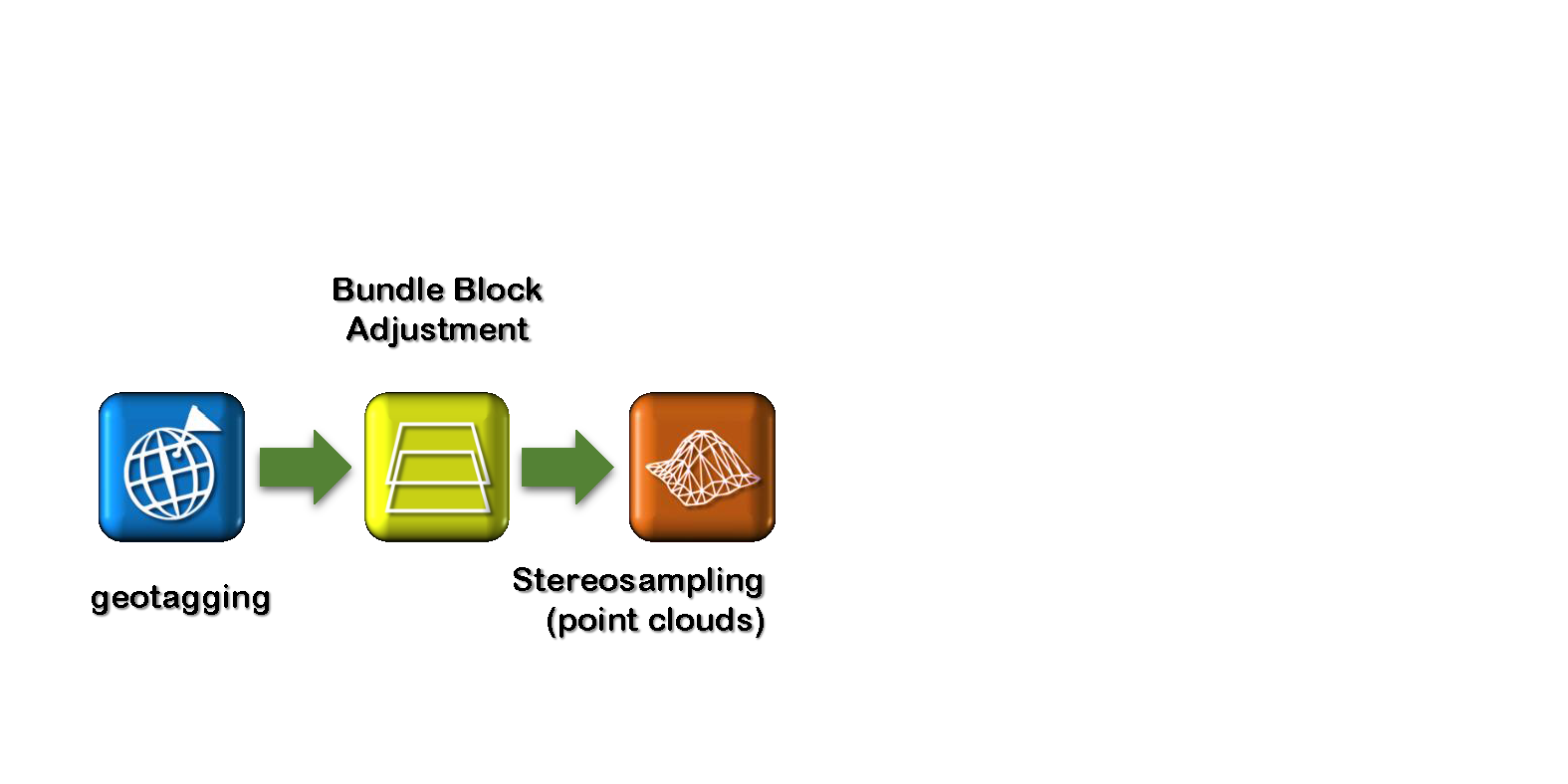
Geoprocessing - workflow

Geoprocessing - workflow
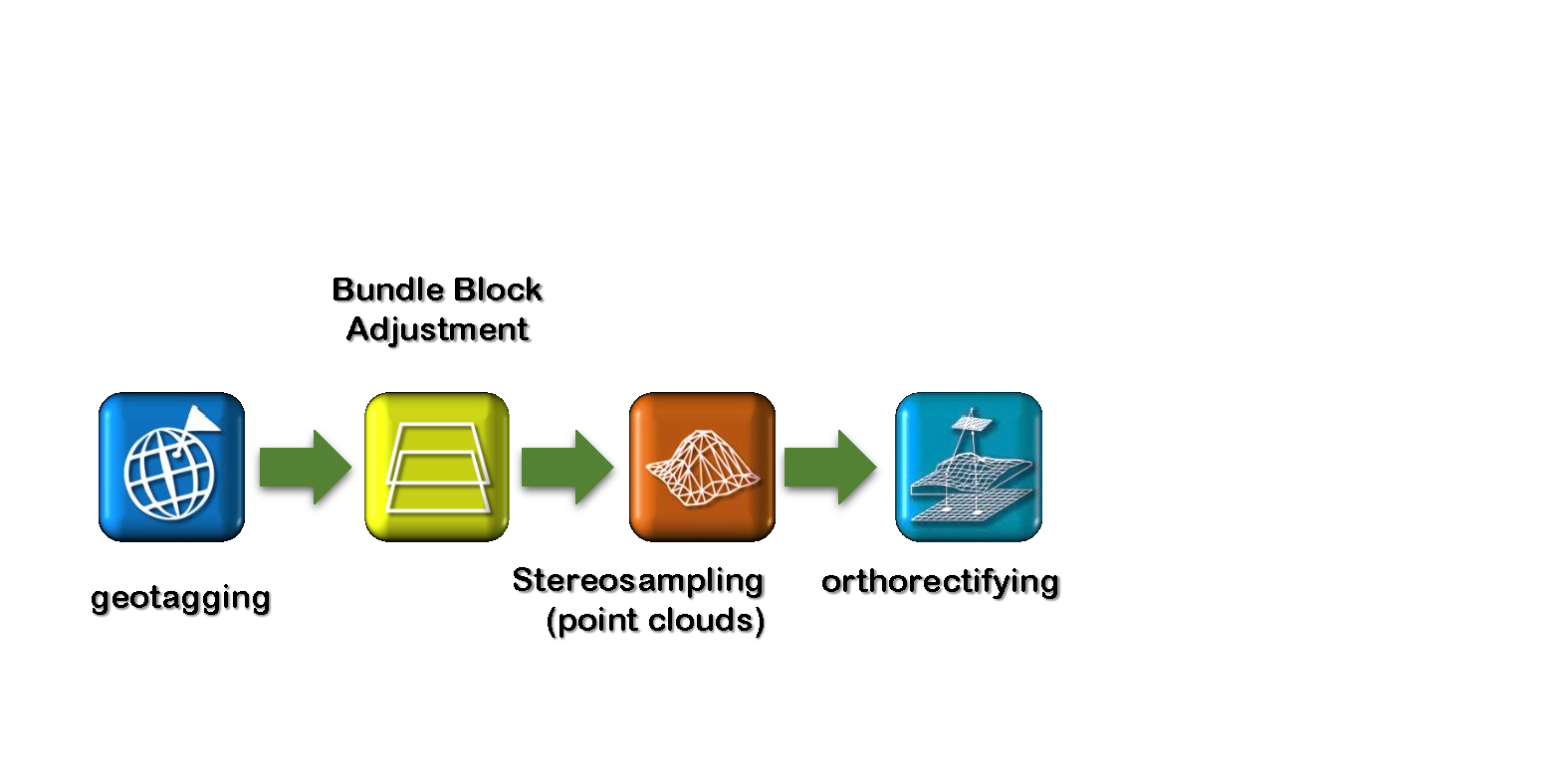
Geoprocessing - workflow
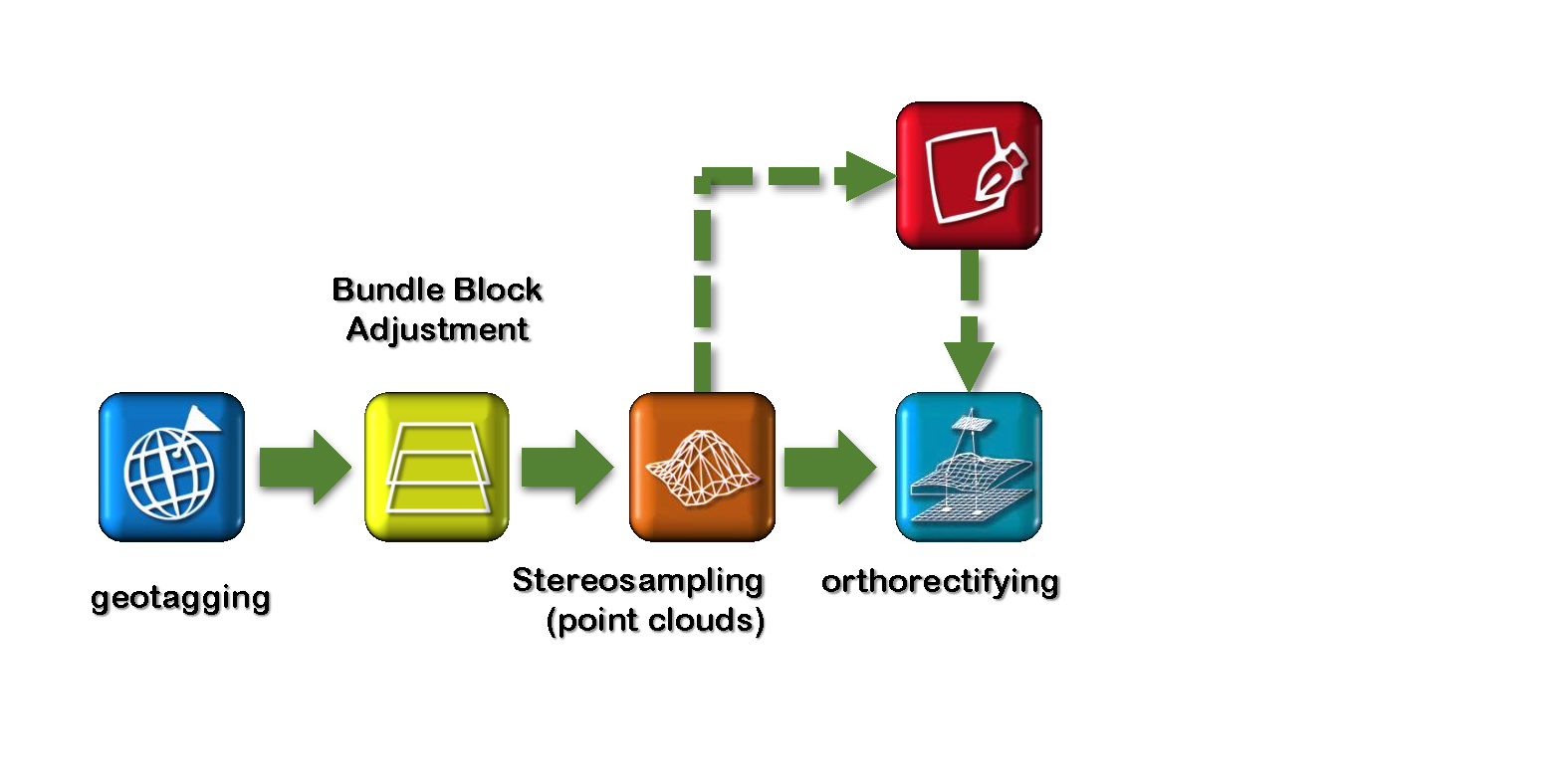
Geoprocessing - workflow
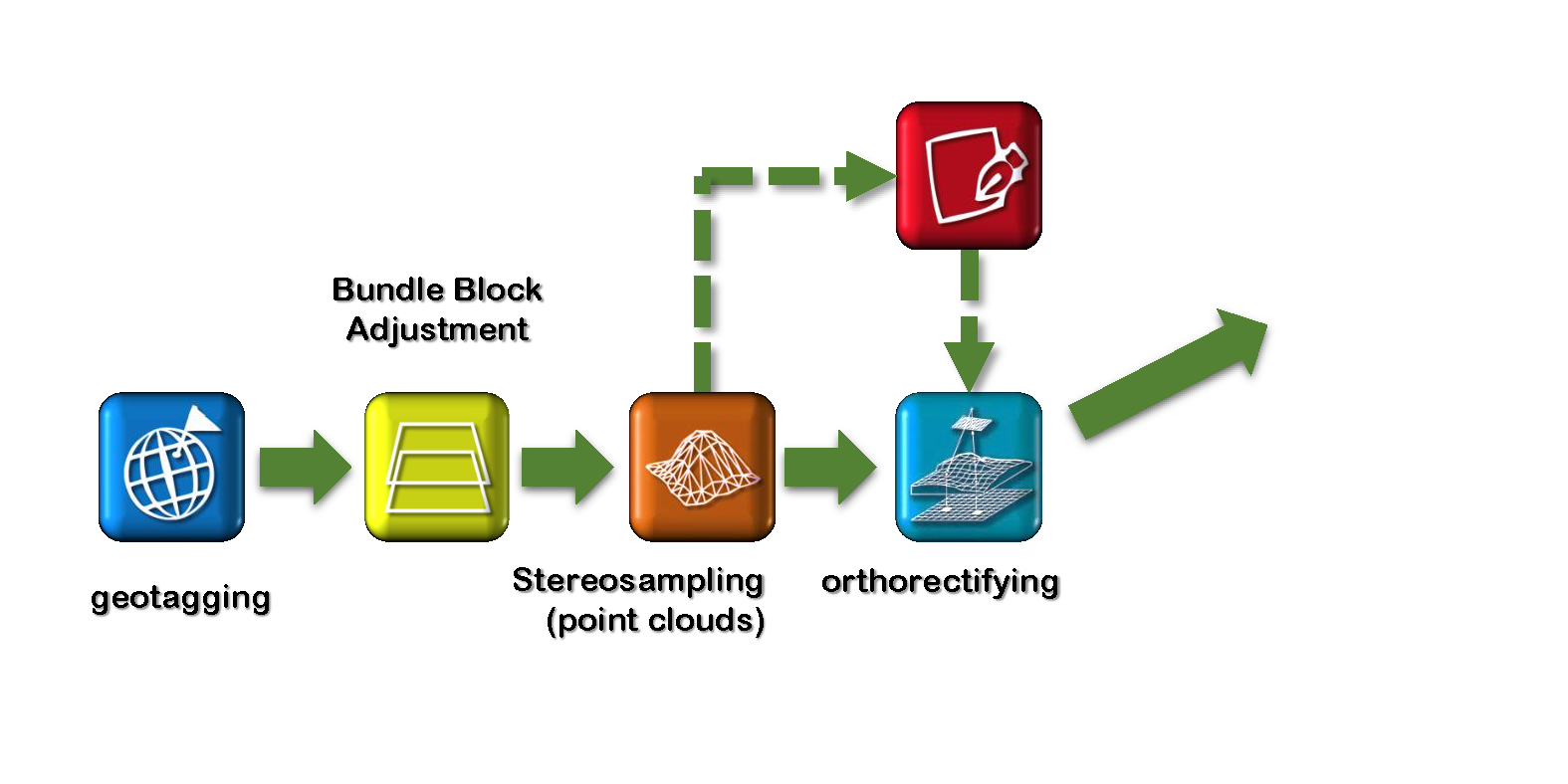
Geoprocessing - workflow
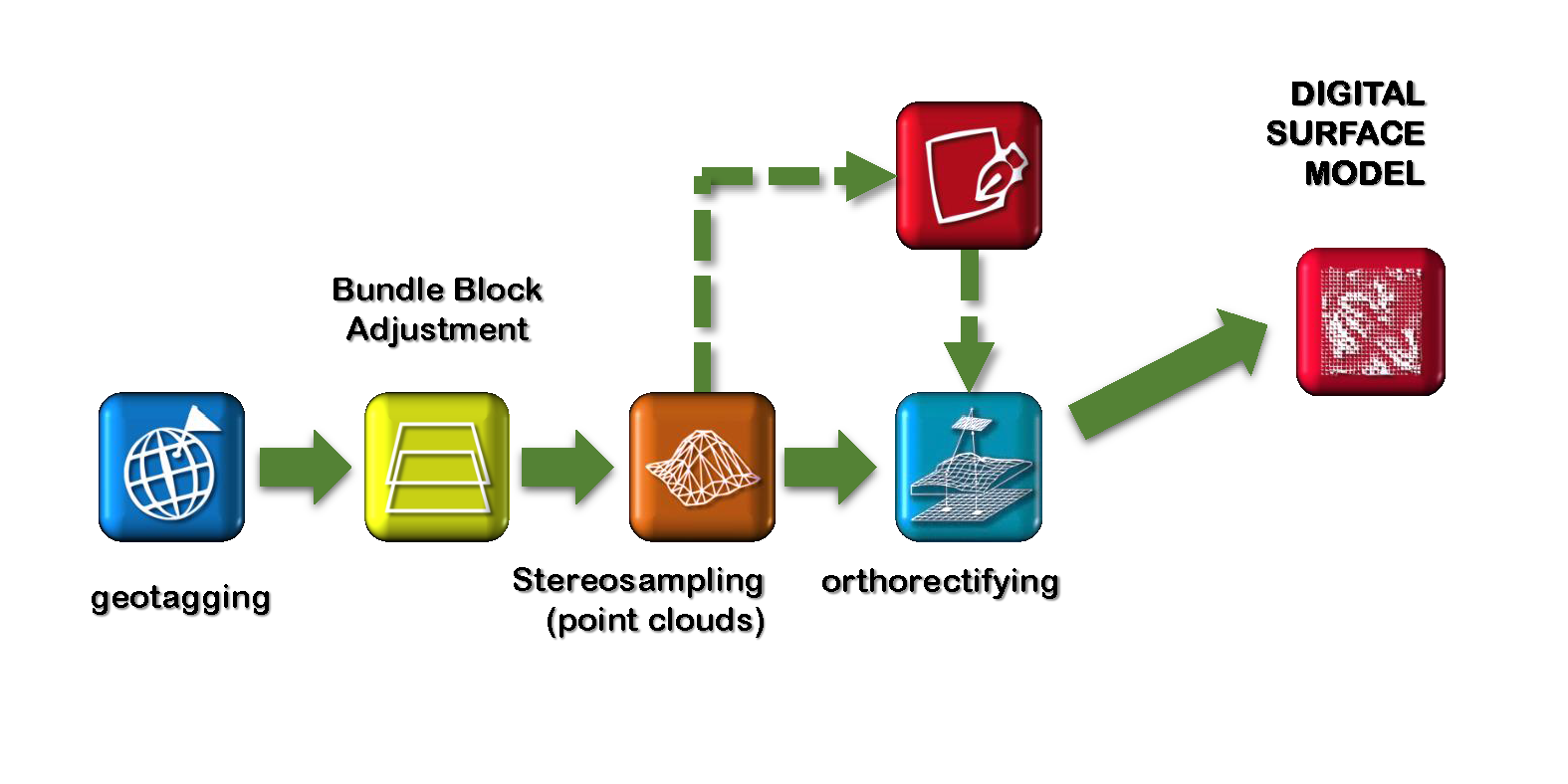
Geoprocessing - workflow
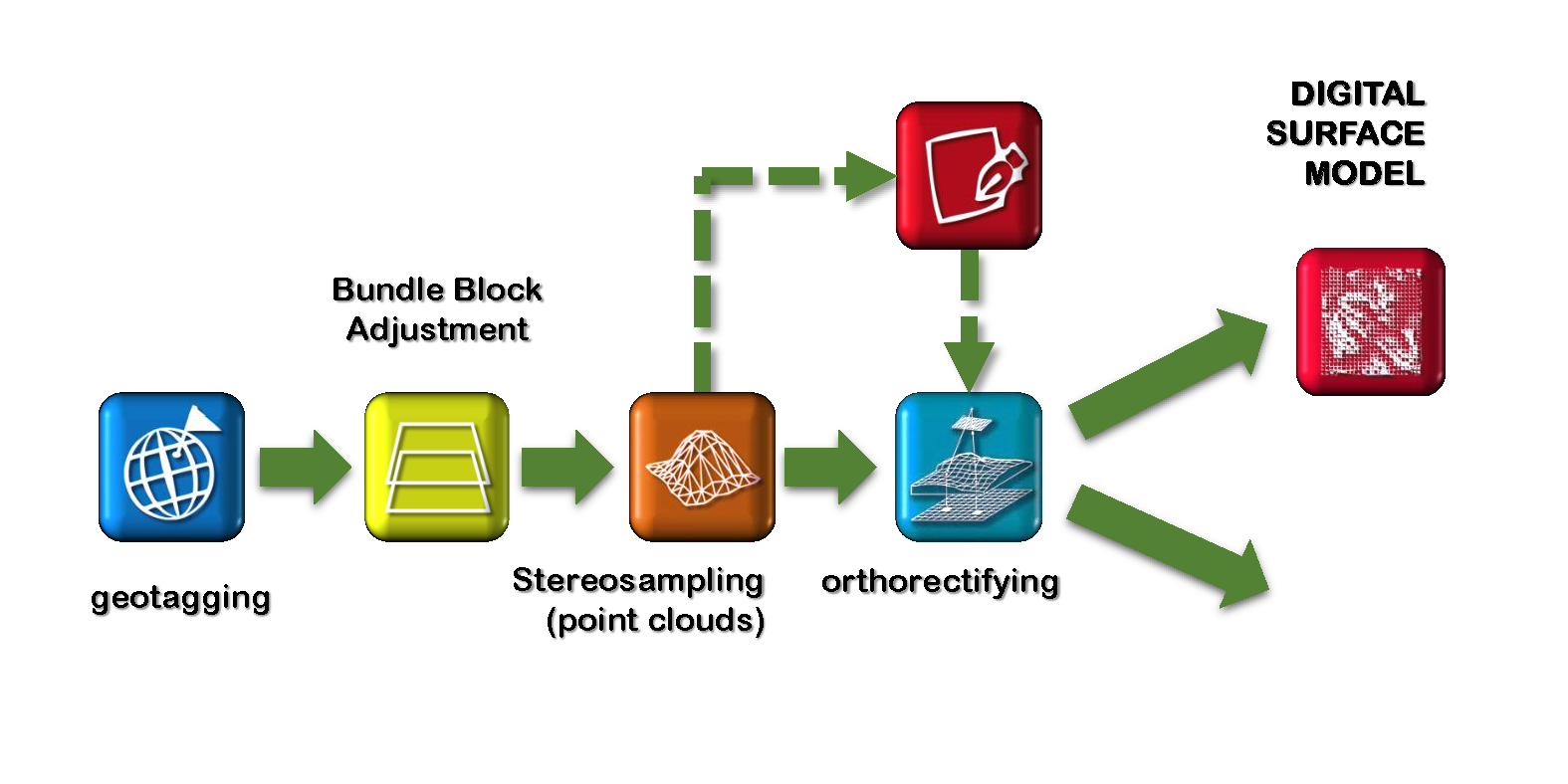
Geoprocessing - workflow
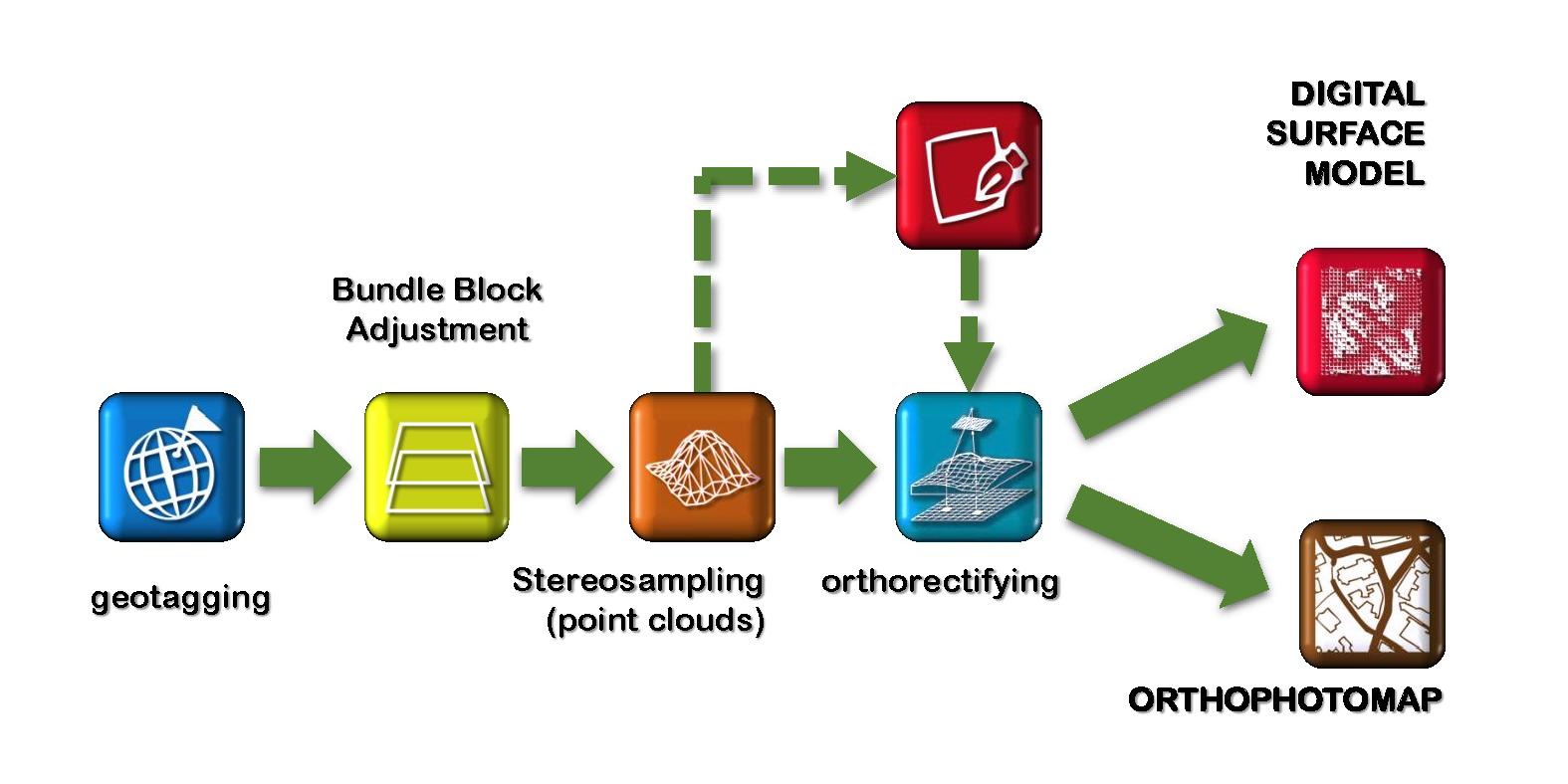
What do we need?
- Digital imagery;
- (Digital elevation model or topographic dataset)
- (Exterior orientation parameters from aerial triangulation or IMU);
- (Camera calibration report);
- (Ground Control Points parameters);
- Photogrammetric processing software that utilizes collinearity equations.
What do we need?
- Digital imagery;
- .
- ..
- .
- .
- Photogrammetric processing software that utilizes collinearity equations.
Location of the photo
Geotagging a photograph - associating a photo with a geographical location (latitude, longnitude and usually altitude)

- In theory, every part of a picture can be tied to a geographic location, but in the most typical application, only the position of the sensor is associated with the entire digital image
- GPS in the camera or UAS measures location with very low accuracy
Geotagging
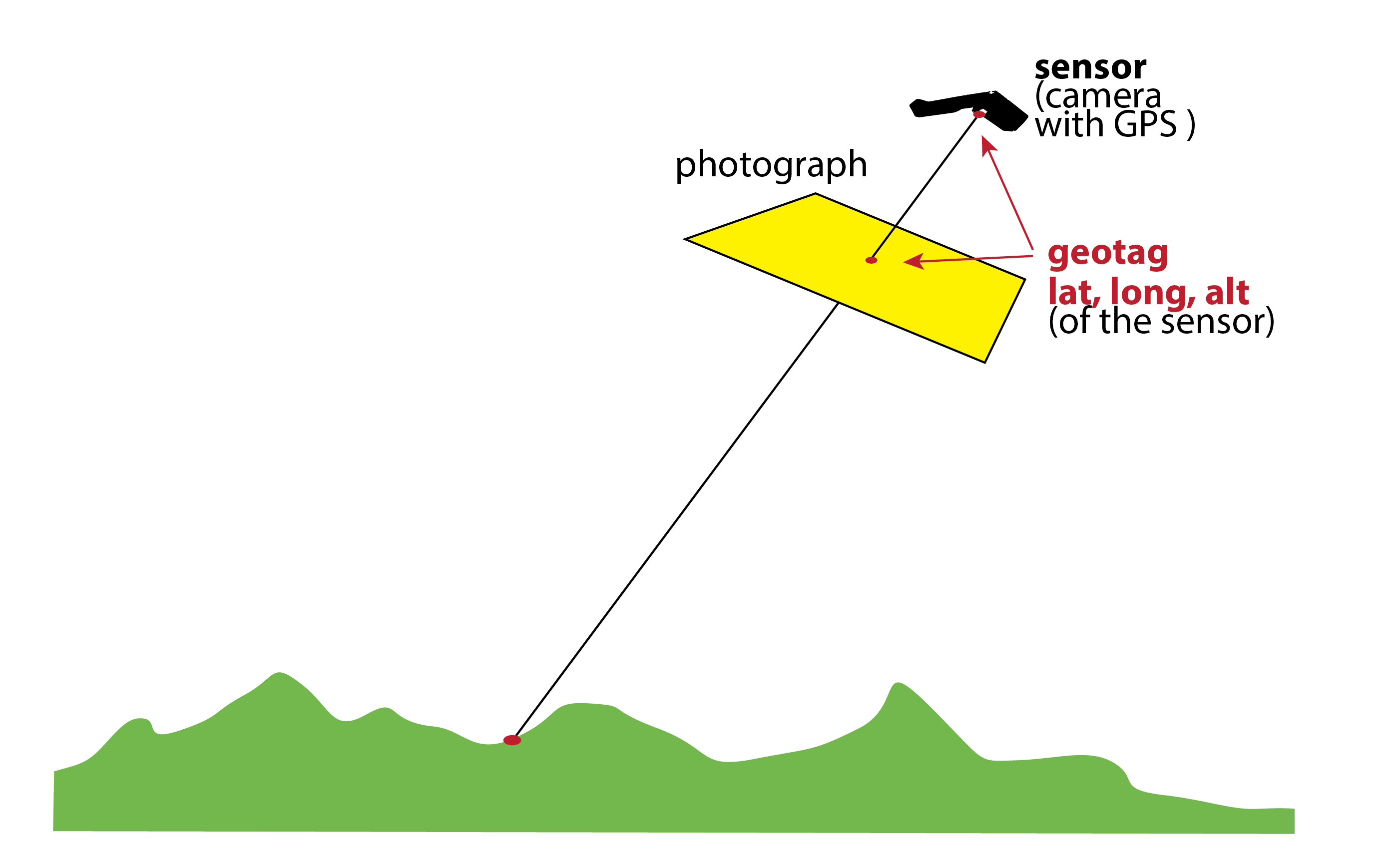
Geotagging
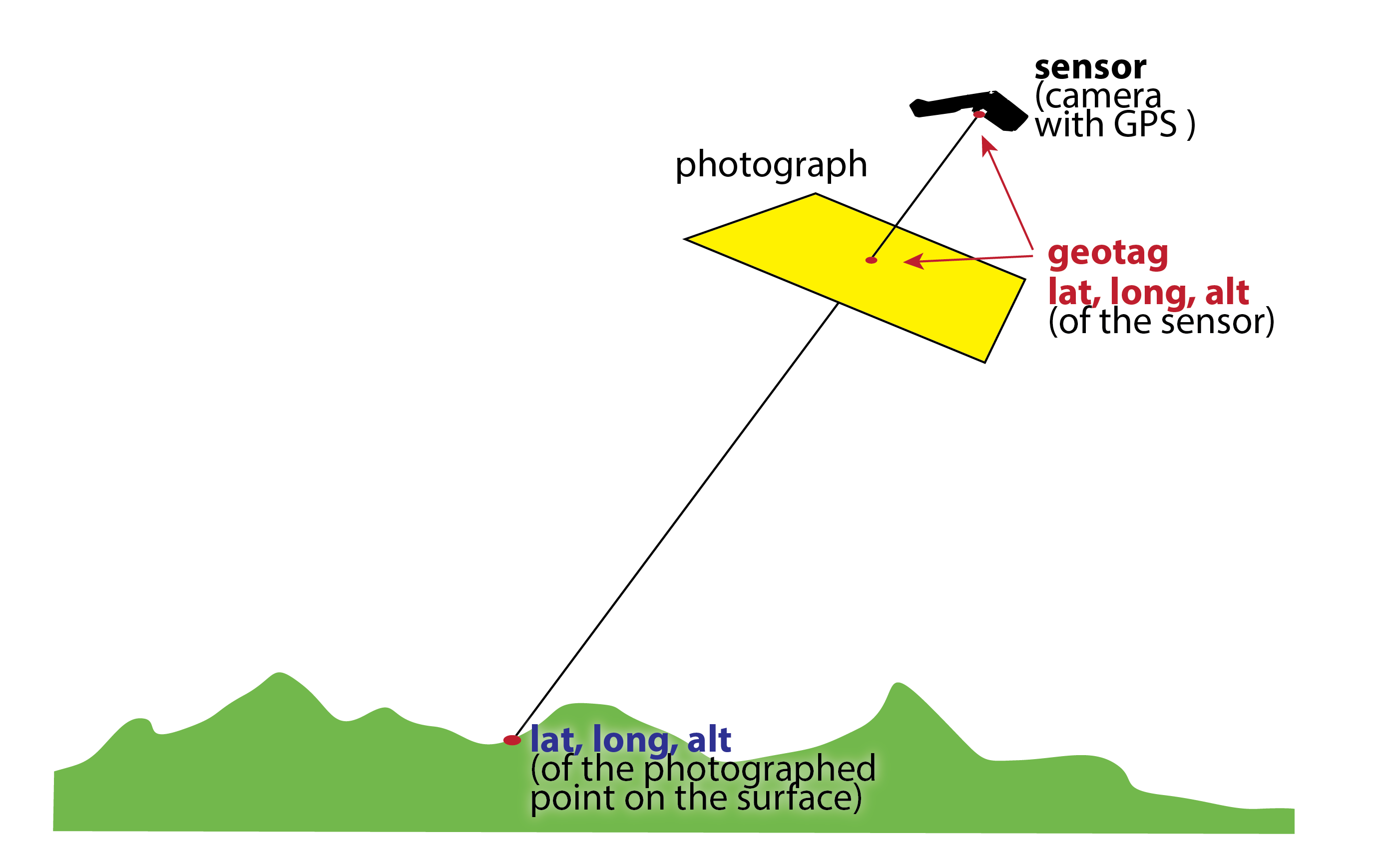
Geotagging
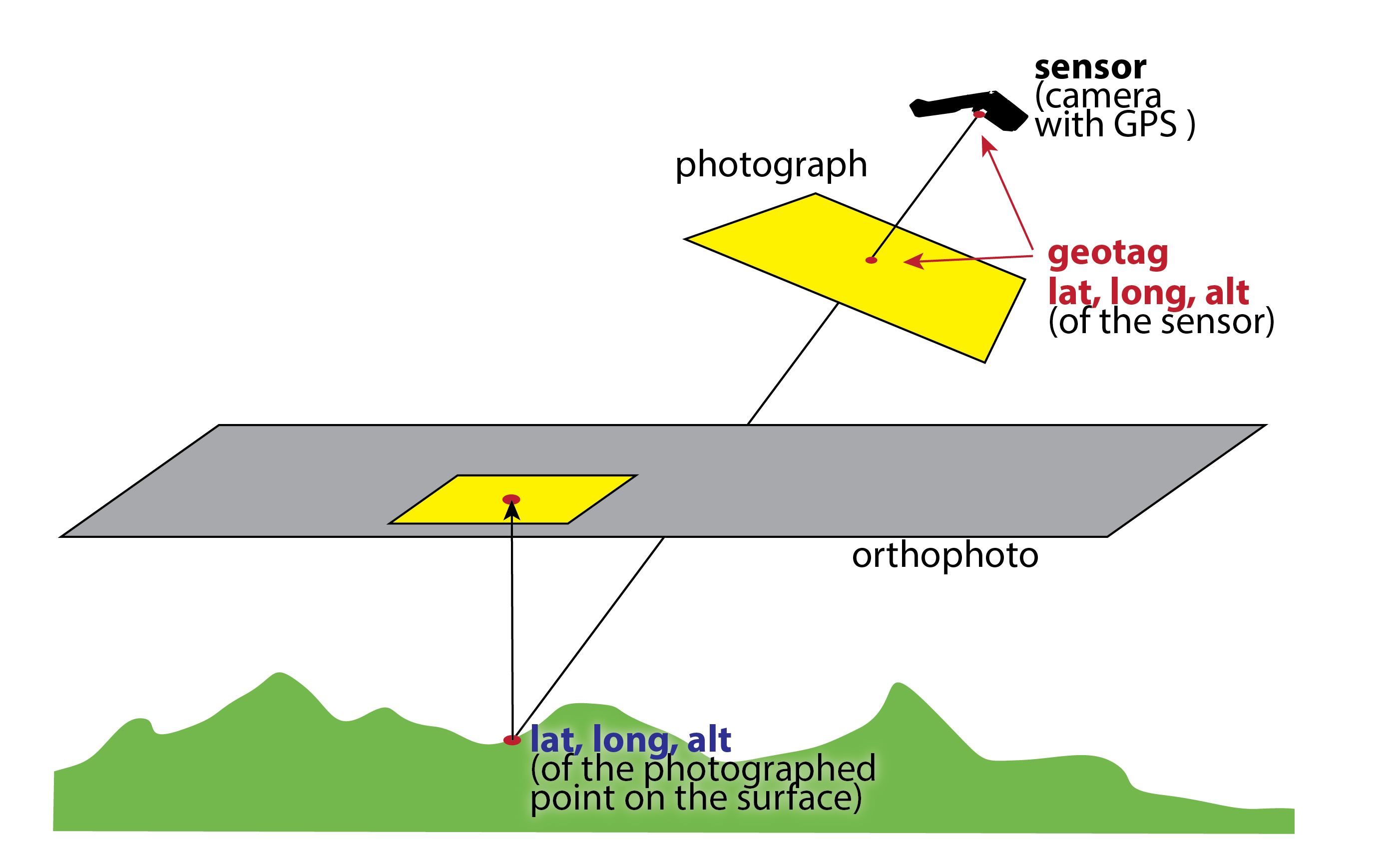
Geotagging
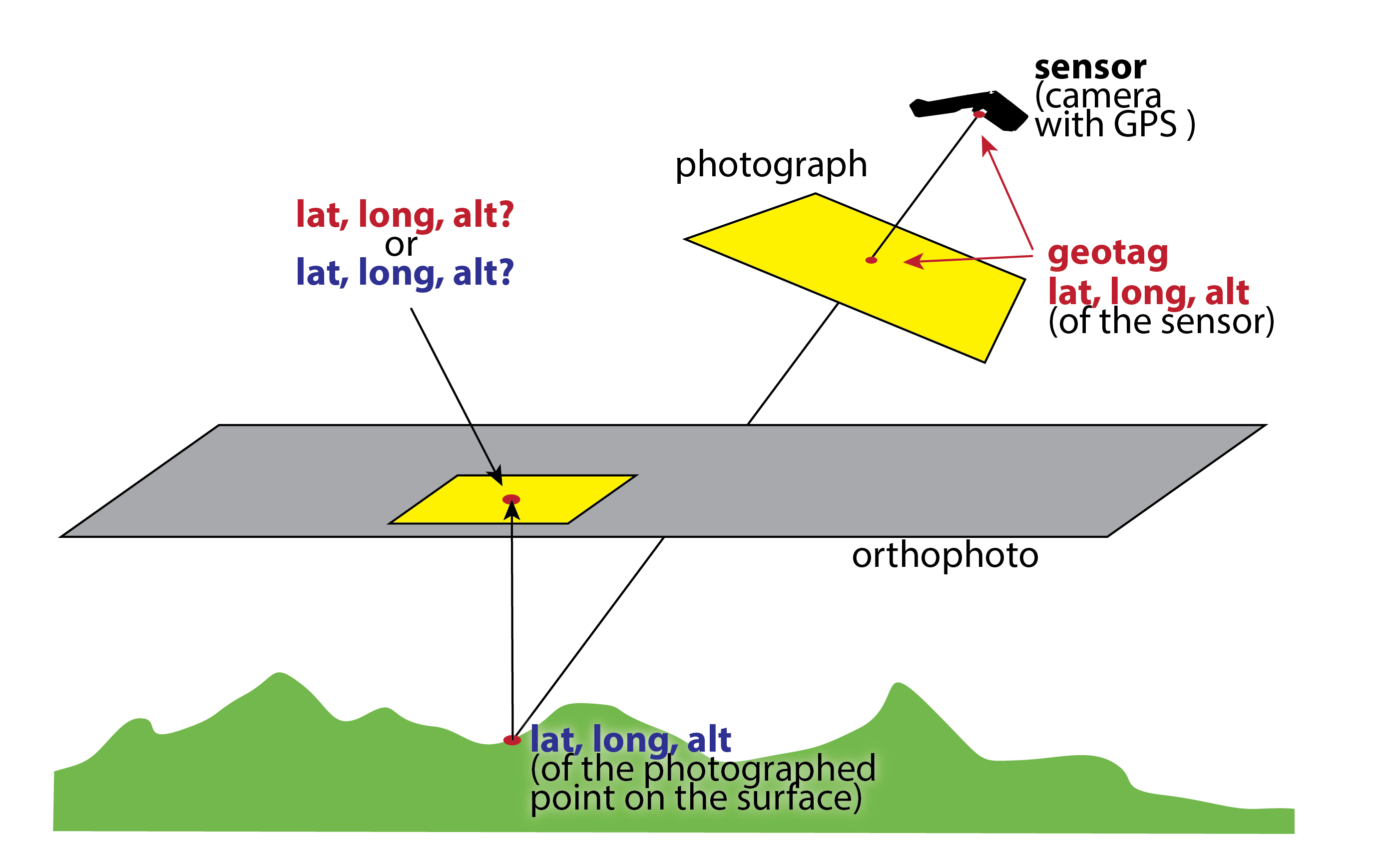
5. Ground Control Points
- GCP - target in the project area with known 3 coordinates (X,Y,Z or lat, long, alt)
- Accurate, well placed and marked GCPs are essential elements for model accuracy and georeferencing
Photo Identifiable:
- any feature on the ground,
- specific (e.g. corners)
- unmovable,
- not covered by vegetation
- it can be surveyed later on.
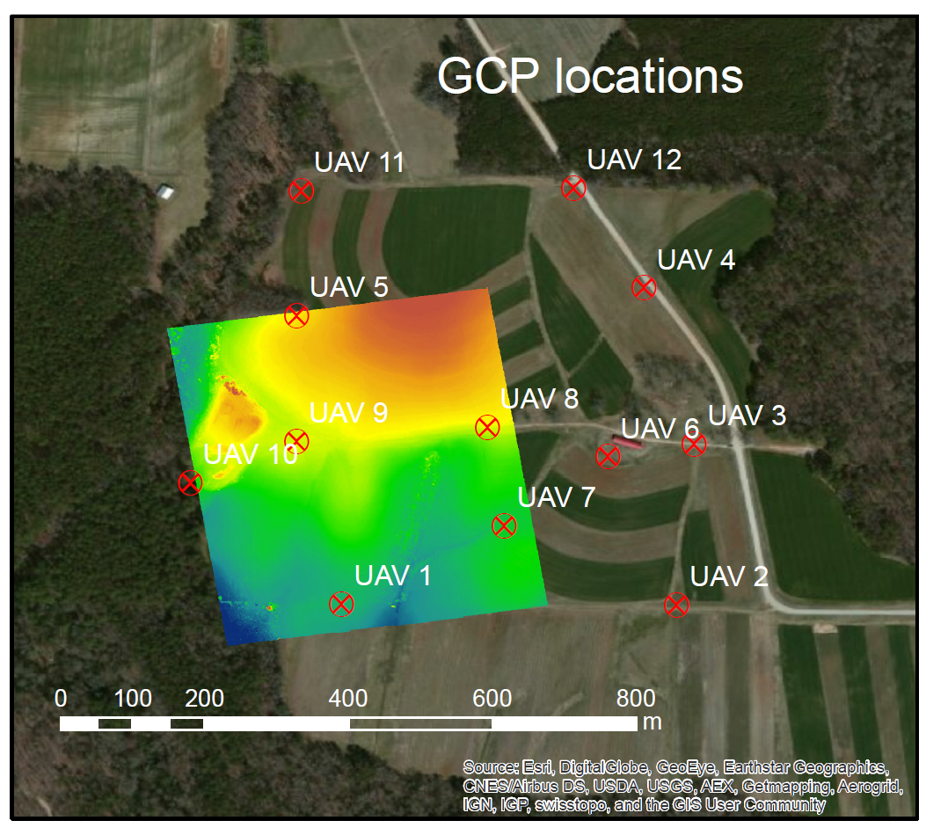
Ground Control Points
Pre-marked (Panels): marking or painting figures or symbols on the ground before the UAS flies

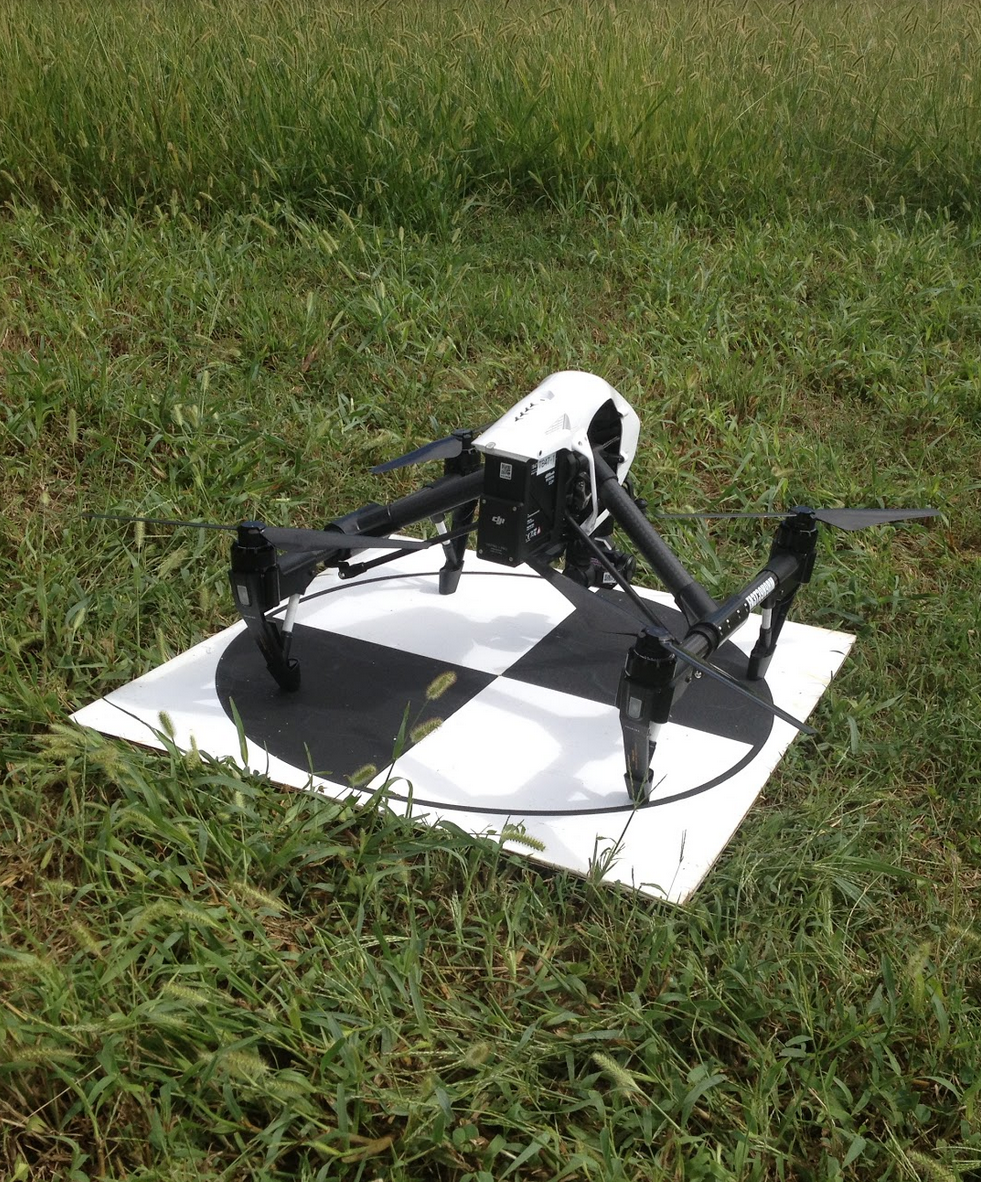
Why Ground Control Points?
- necessary for georeferencing if photos are not geotagged
- improve precision of the model
- important for quality control
Why Ground Control Points?

Why Ground Control Points?

Why Ground Control Points?

From 2D images to a 3D model
- orthophoto is a 2D image
- elevation data are derived as part of orthorectification process
- exact camera parameters and manually identified GCPs on the images were needed to derive a DEM
- Structure from Motion: automated point matching, camera parameter estimation and 3D model generation
Multiple-view geometry
- Scene geometry (structure):
Given 2D point matches in two or more images, where are the corresponding points in 3D? - Correspondence (stereo matching): Given a point in just one image, how does it constrain the position of the corresponding point in another image?
- Camera geometry (motion): Given a set of corresponding points in two or more images, what are the camera matrices for these views?
Structure from Motion (SfM)
- range imaging technique,
- process of estimating 3D structures from overlapping 2D image sequences,
- may be coupled with local motion signals
Structure from Motion (SfM)
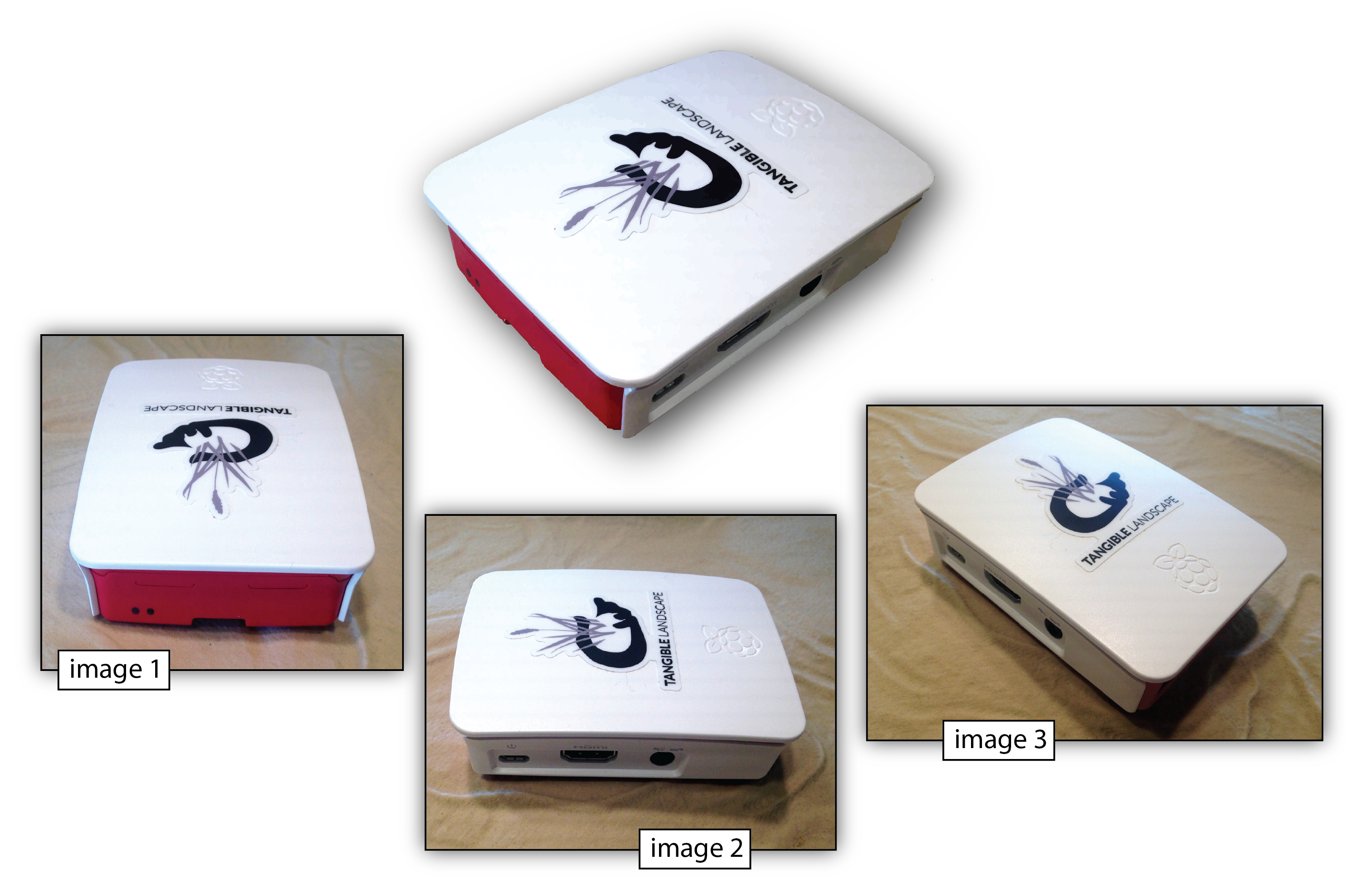
Structure from Motion (SfM)
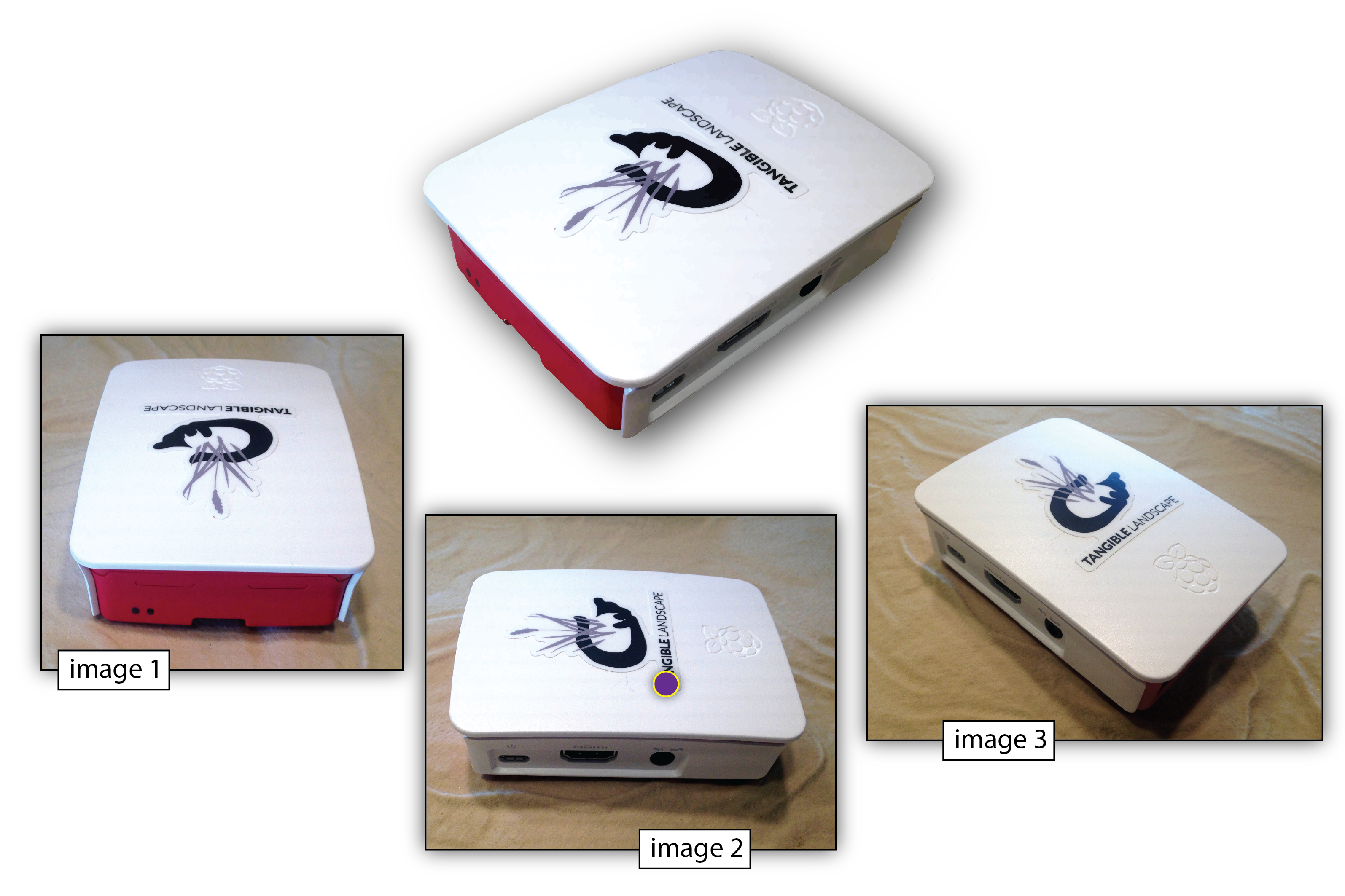
Structure from Motion (SfM)
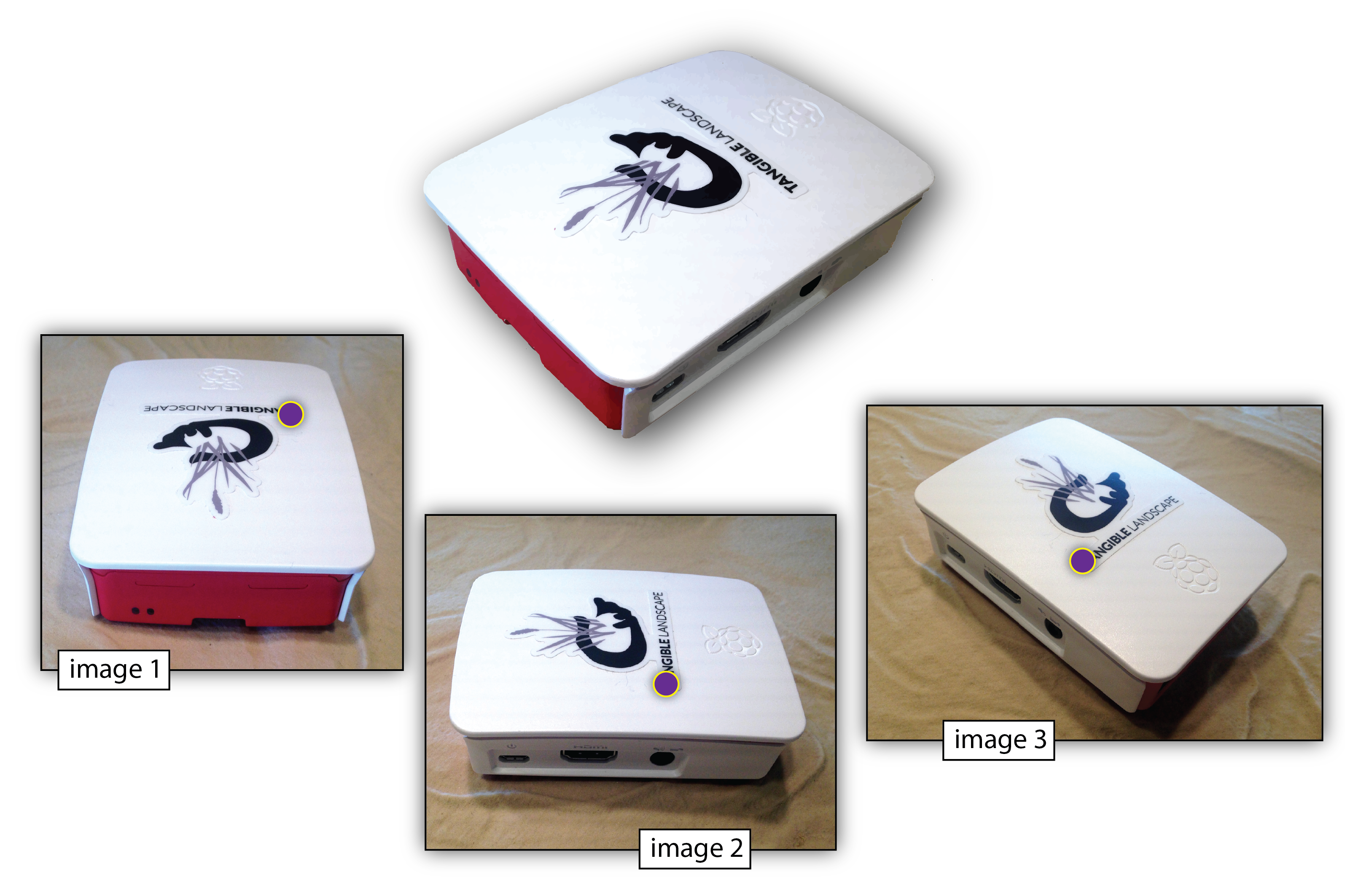
Structure from Motion (SfM)
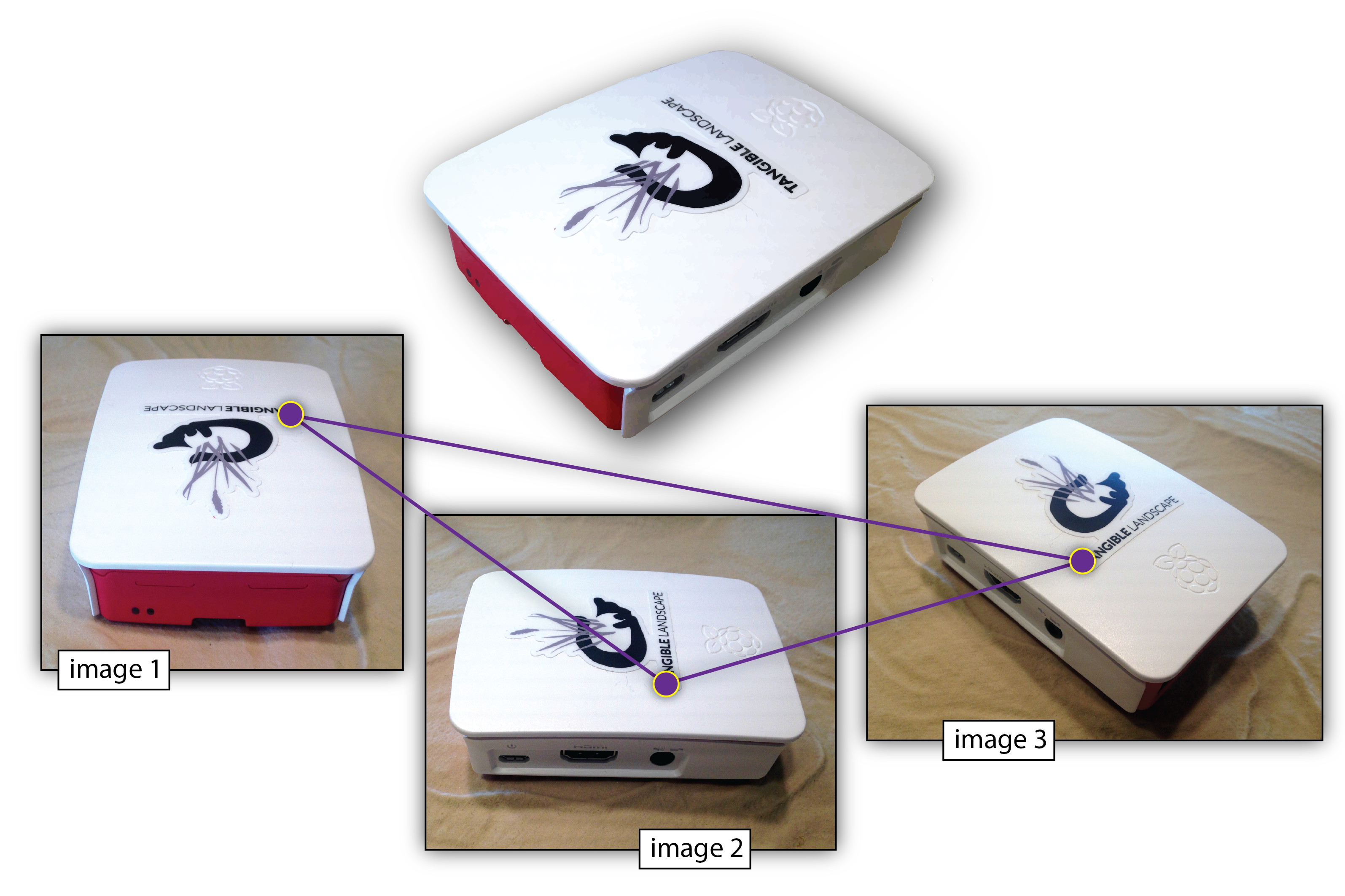
Structure from Motion (SfM)
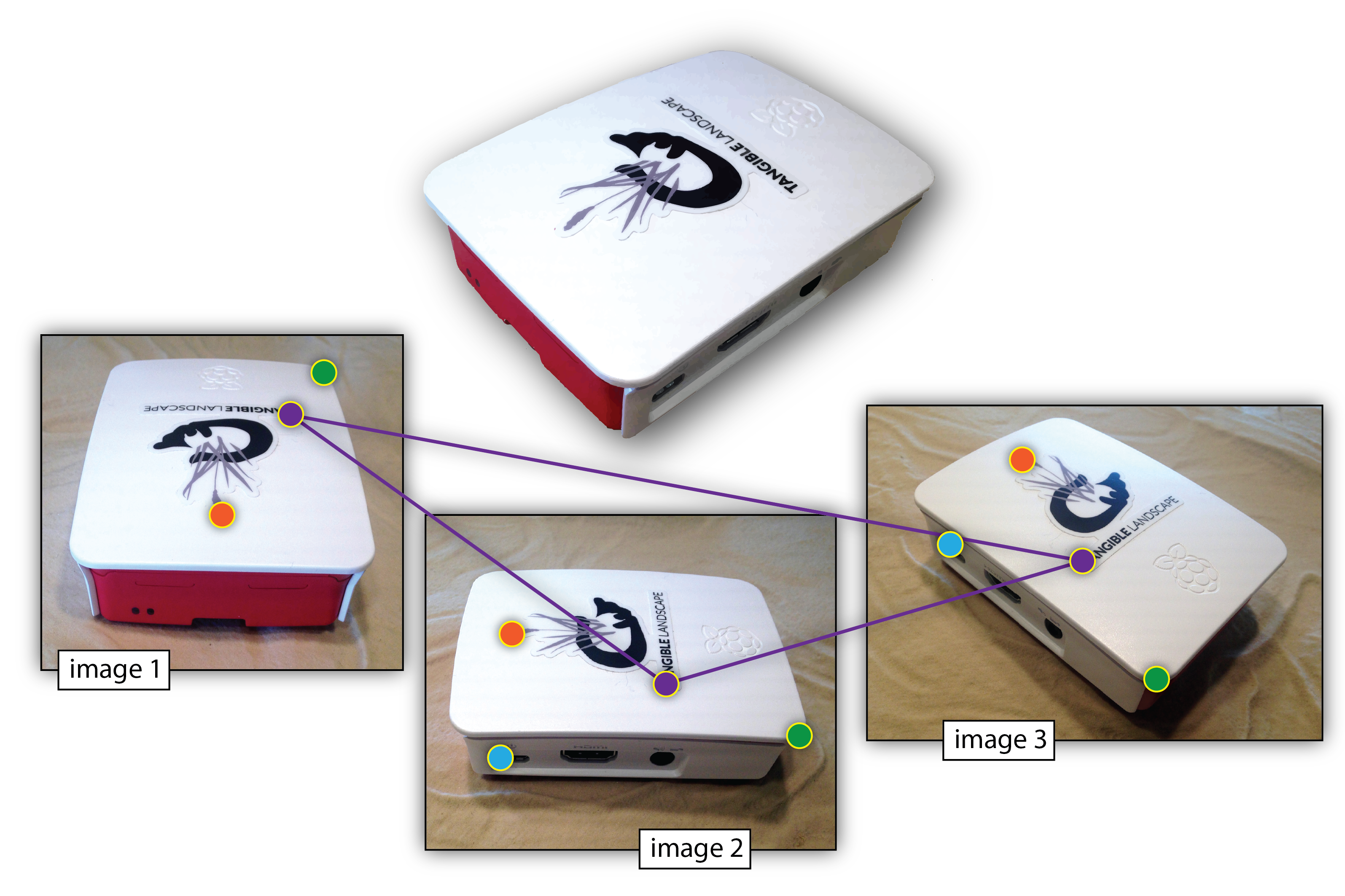
Structure from Motion (SfM)
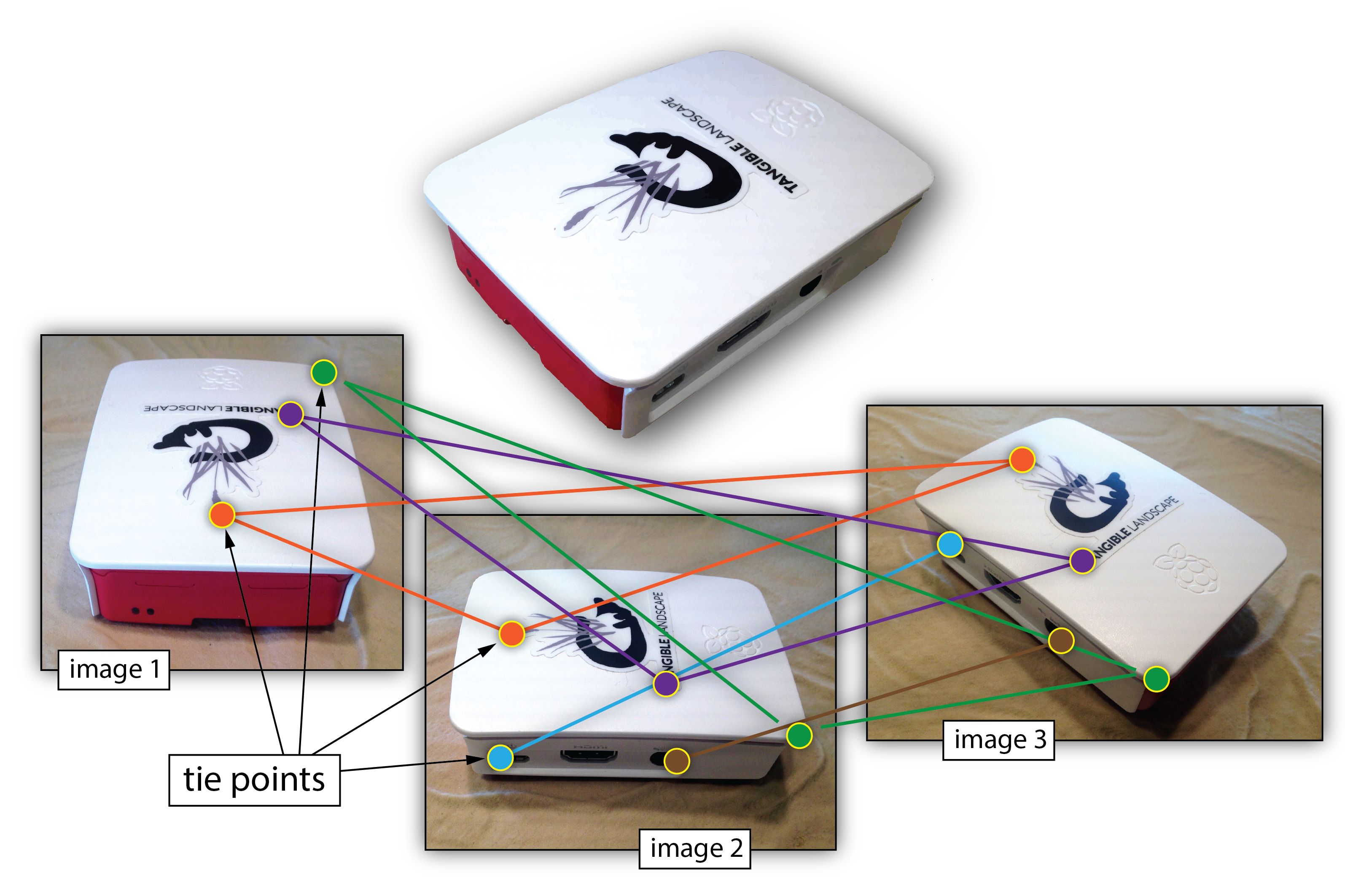
Structure from Motion (SfM)
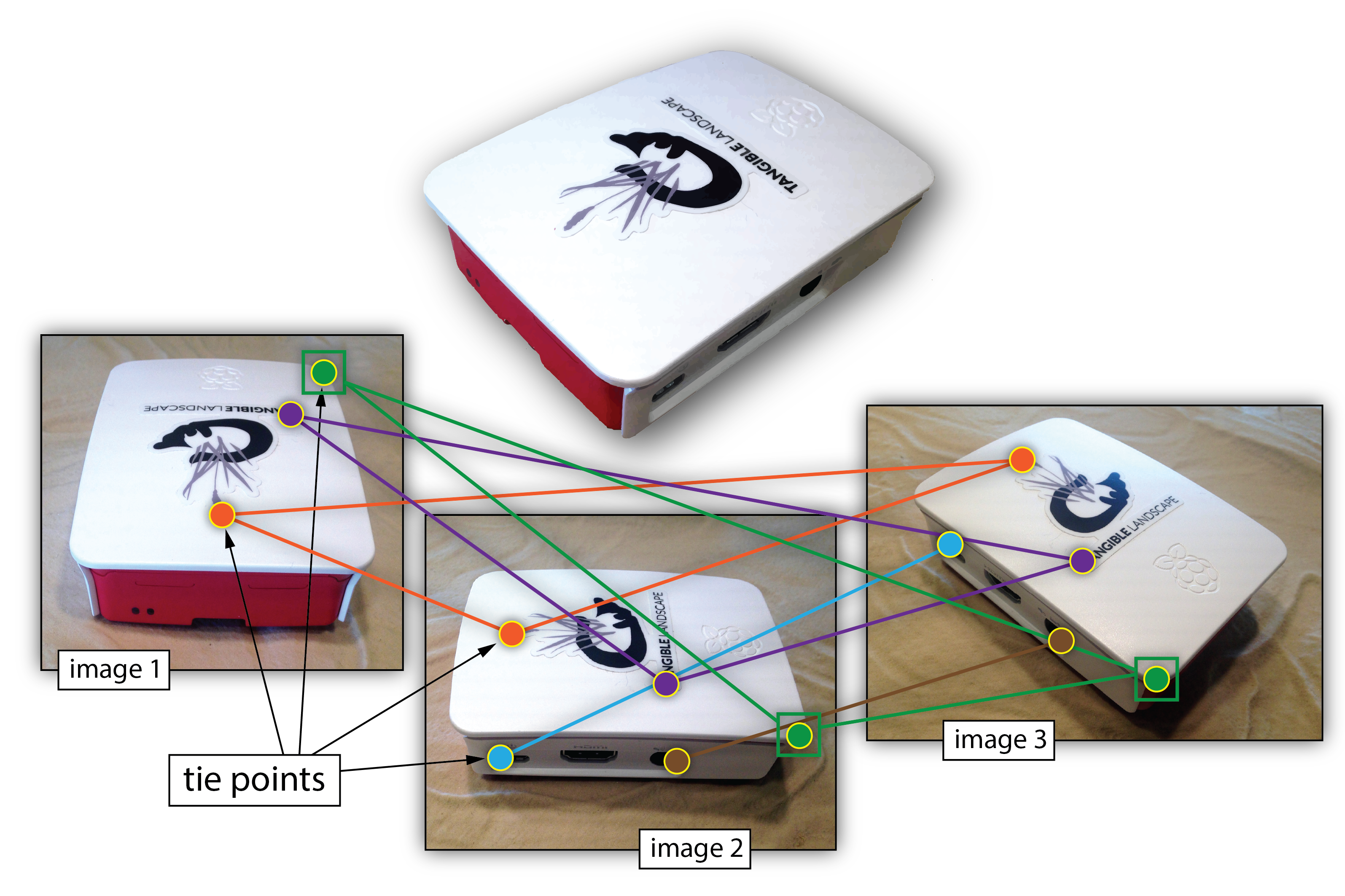
Structure from Motion (SfM)
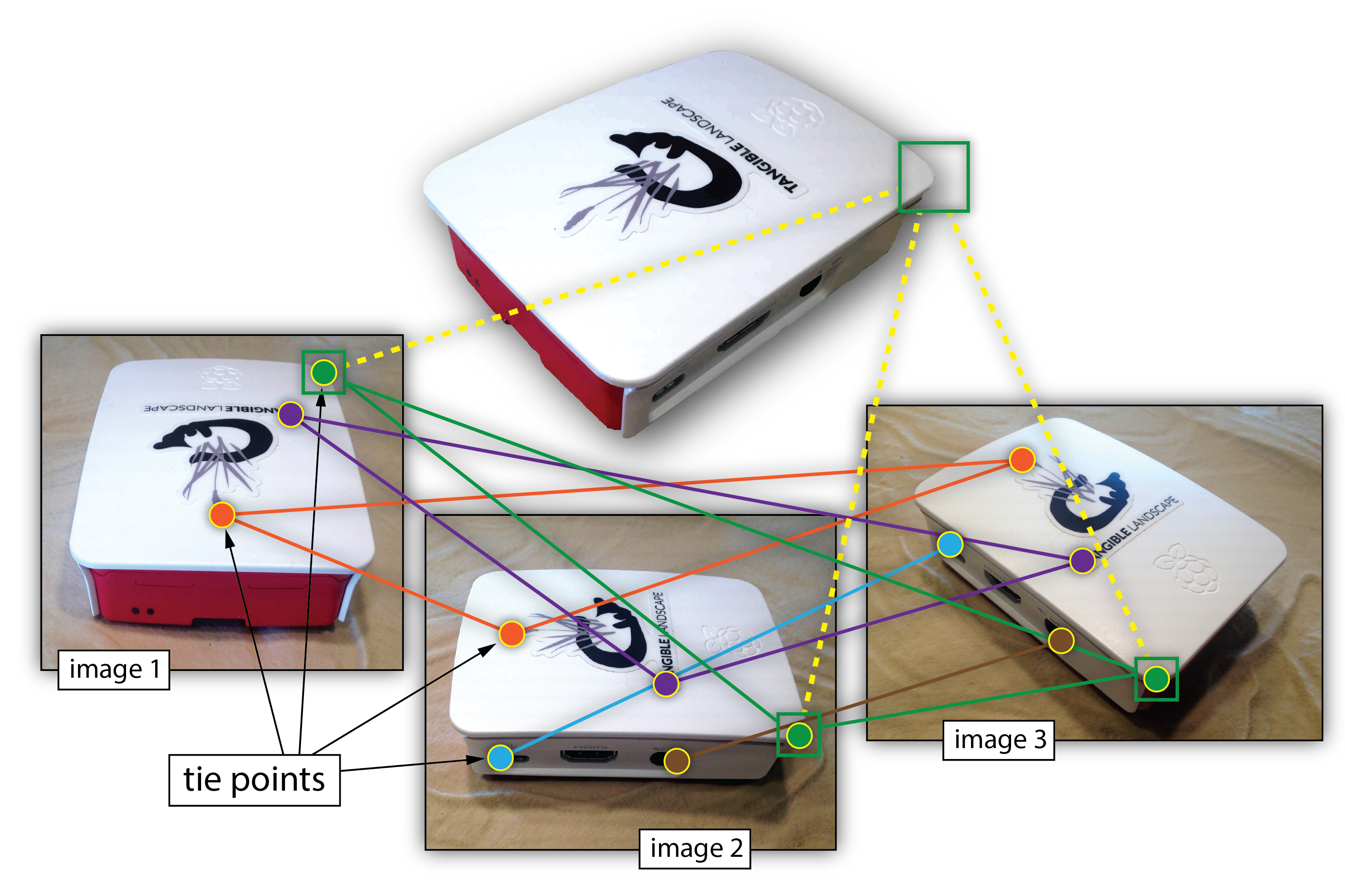
Structure from Motion (SfM)
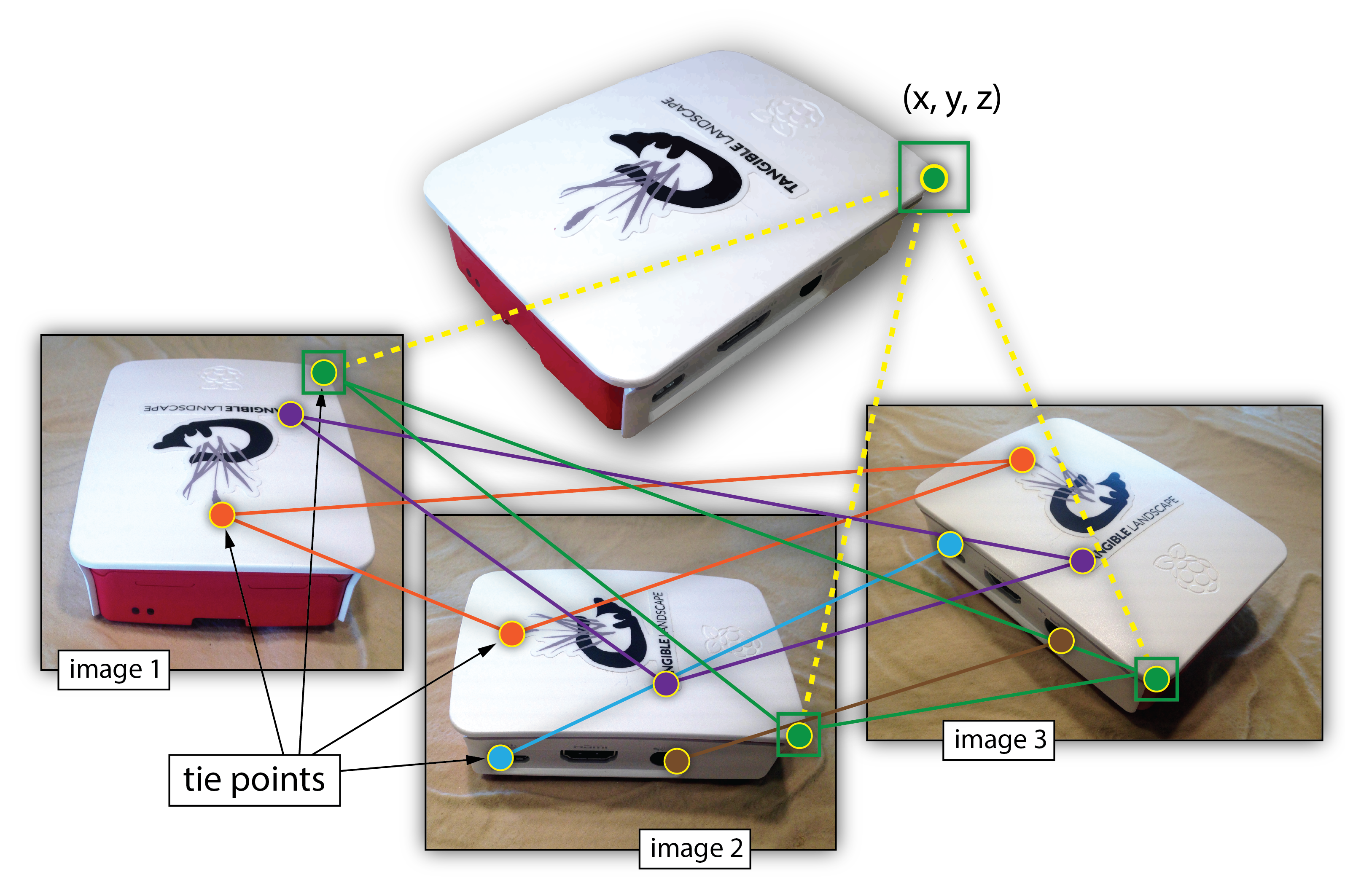
Structure from Motion (SfM)
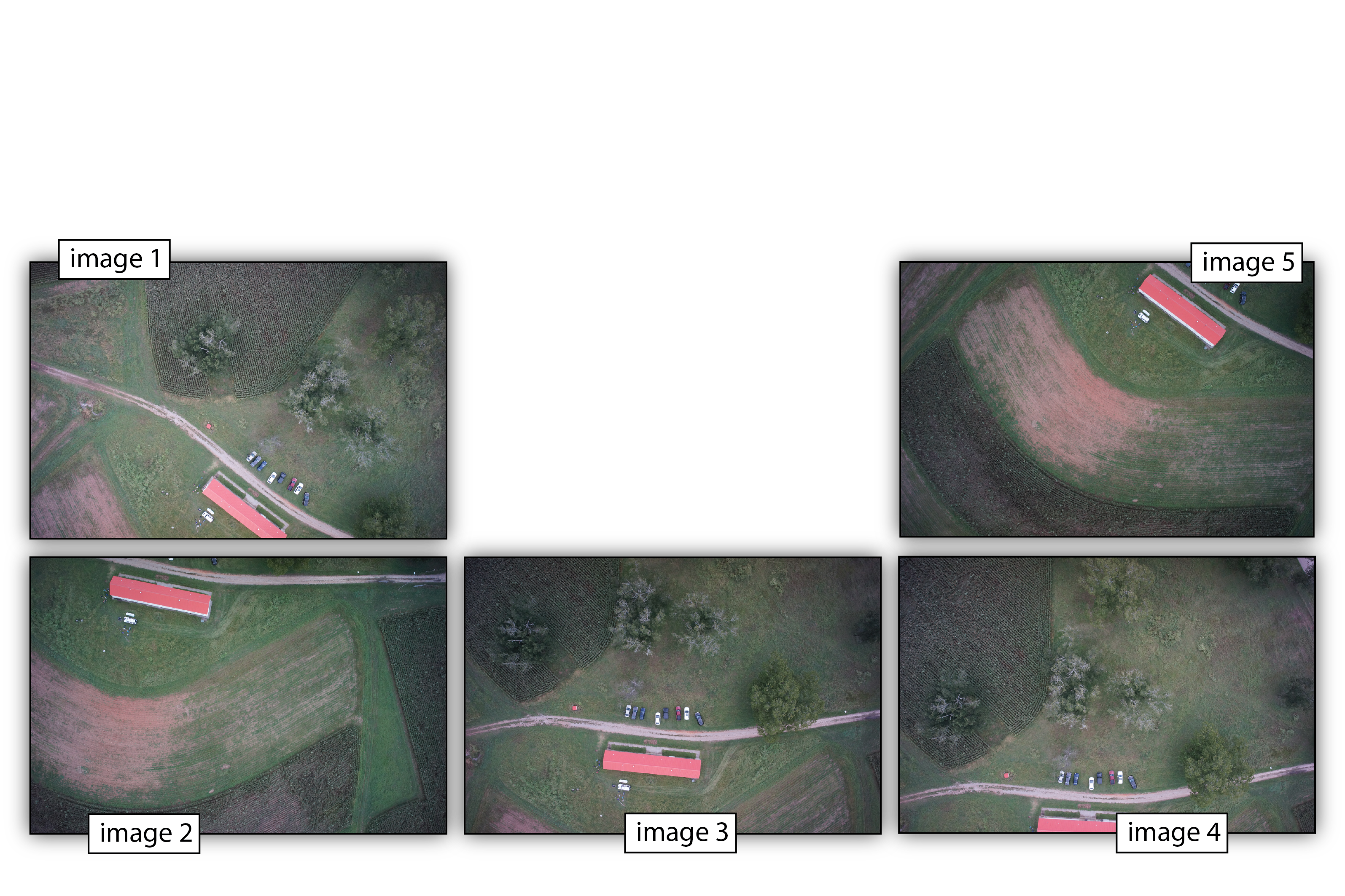
Structure from Motion (SfM)
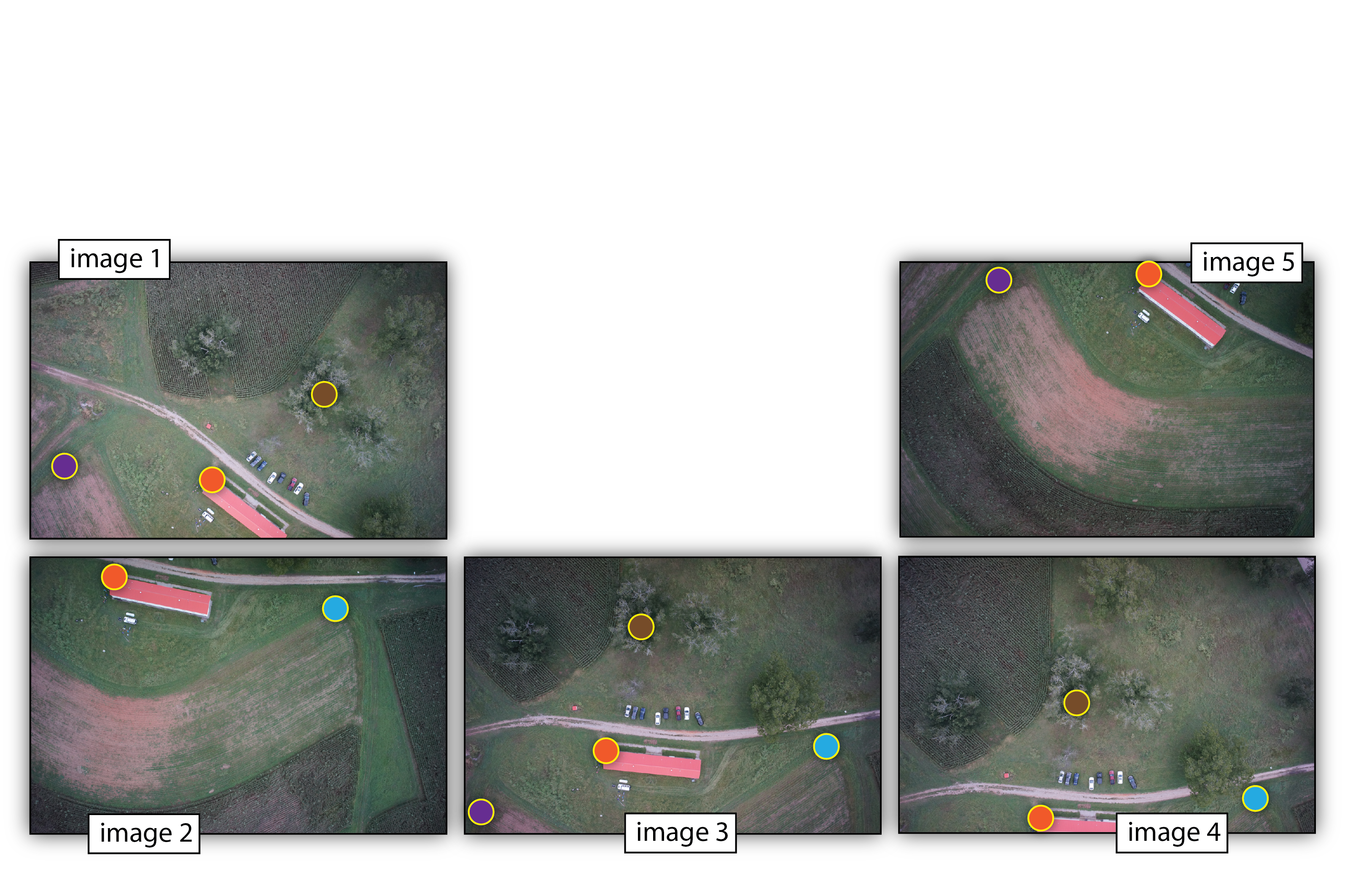
Structure from Motion (SfM)
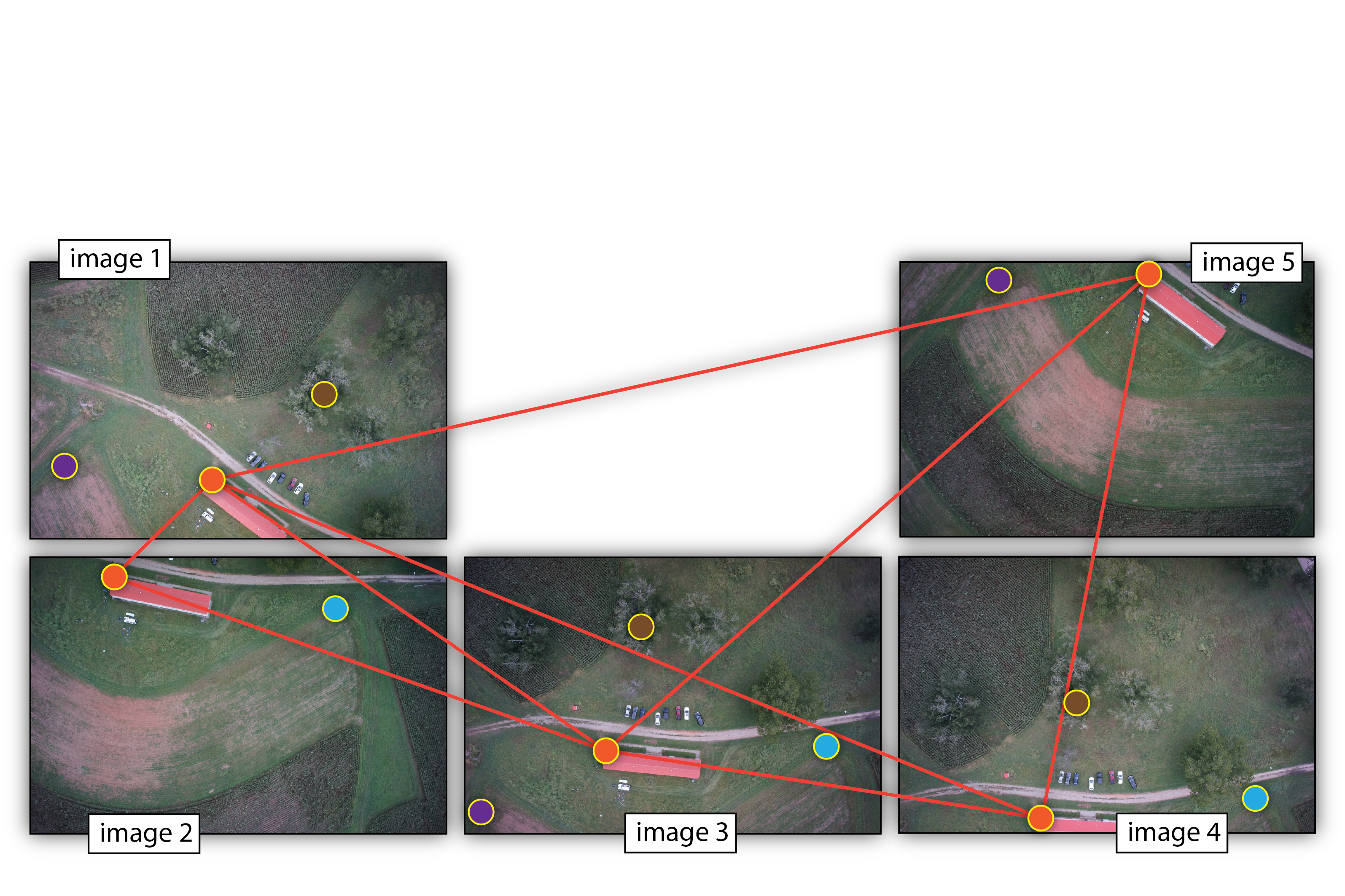
Structure from Motion (SfM)

Structure from Motion (SfM)
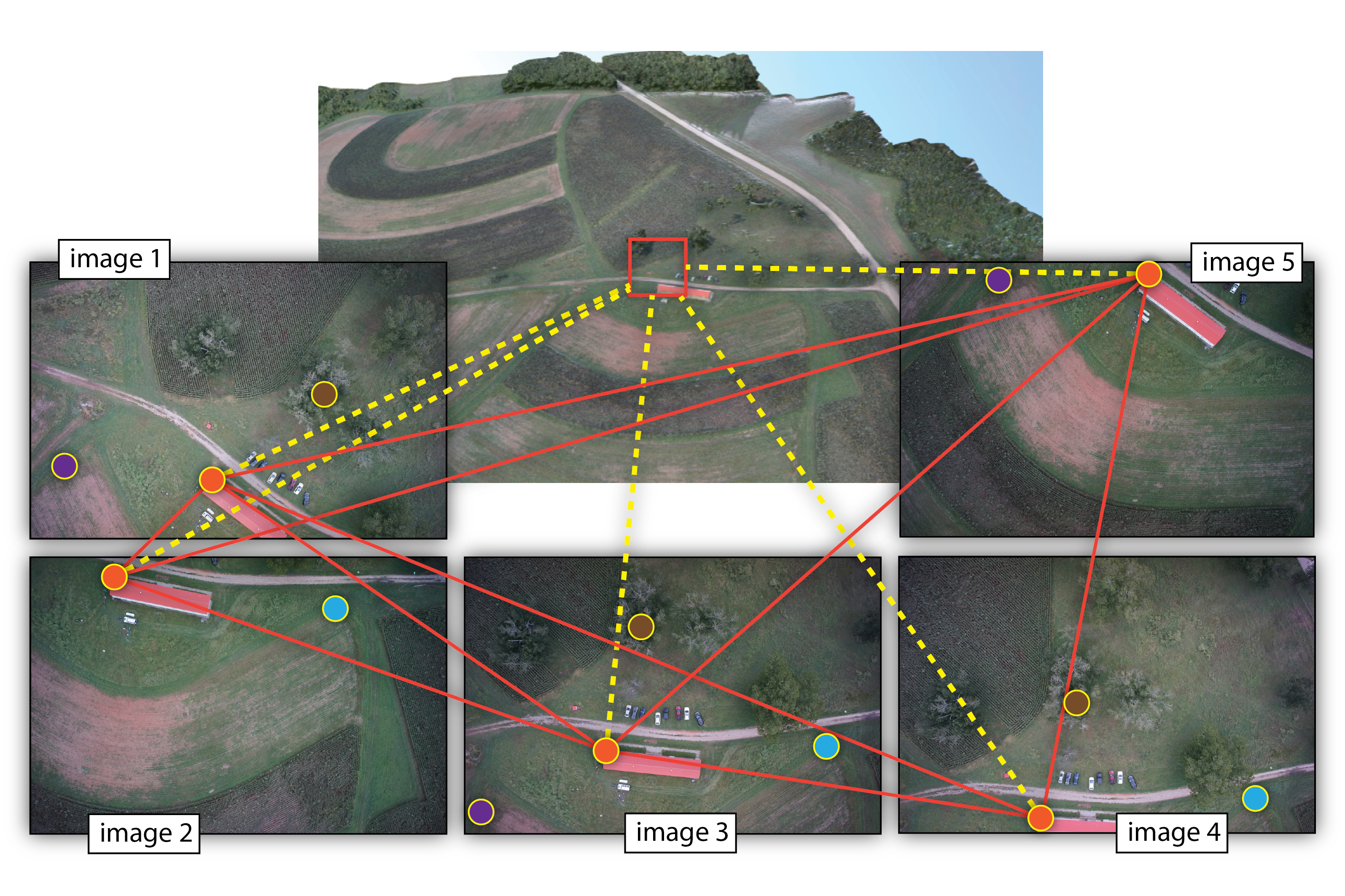
Structure from Motion (SfM)
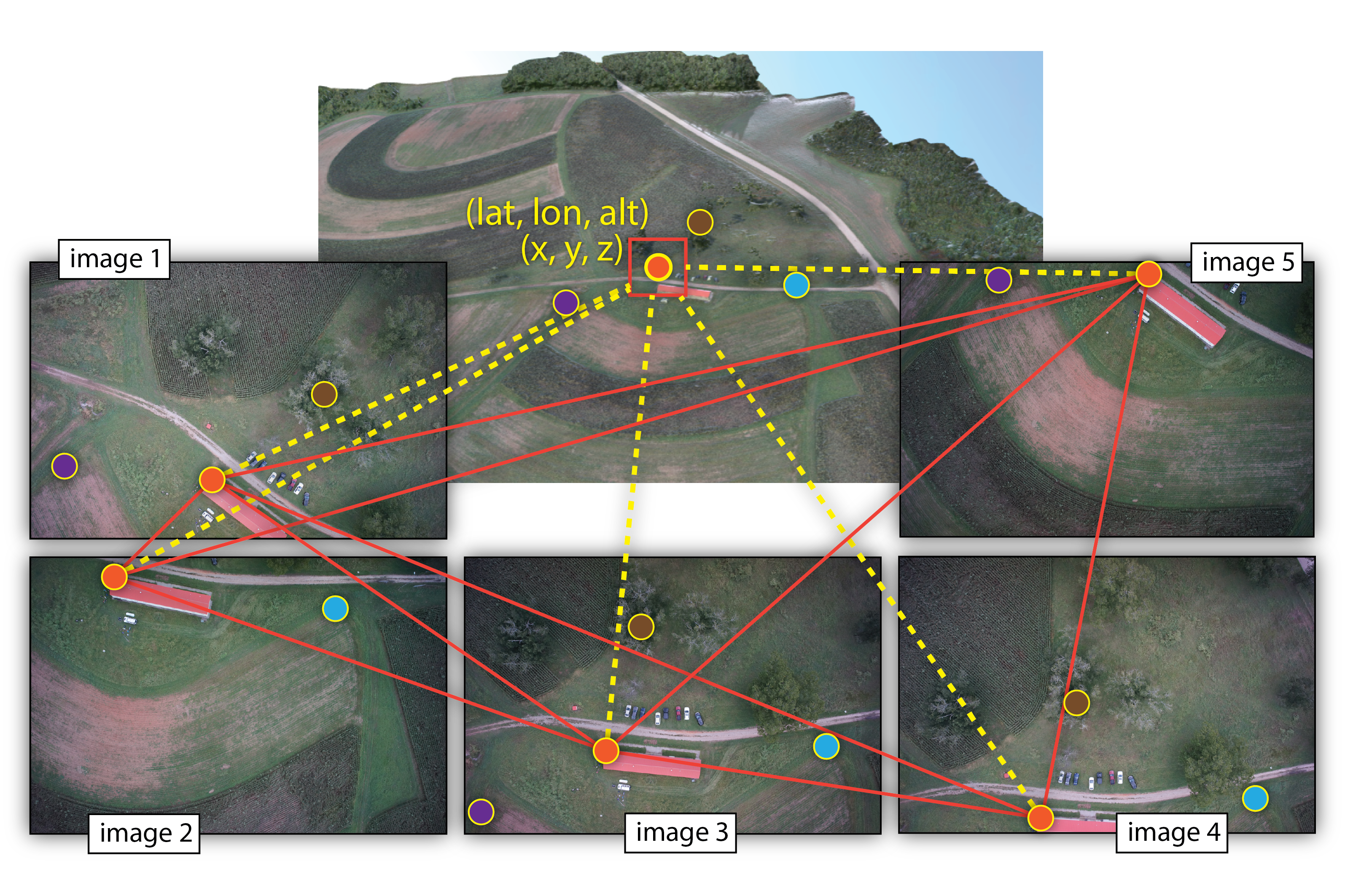
UAS Photogrammetric process
Throughout the whole process, it is important to remember
- What is the aim or the project? and
- What will be the data used for?
What we have learned
- What is remote sensing and photogrammetry
- Properties of aerial image
- Why do we need orthrectification to measure from aerial images
- What process allows us to extract 3D data from series of overlapping 2D images